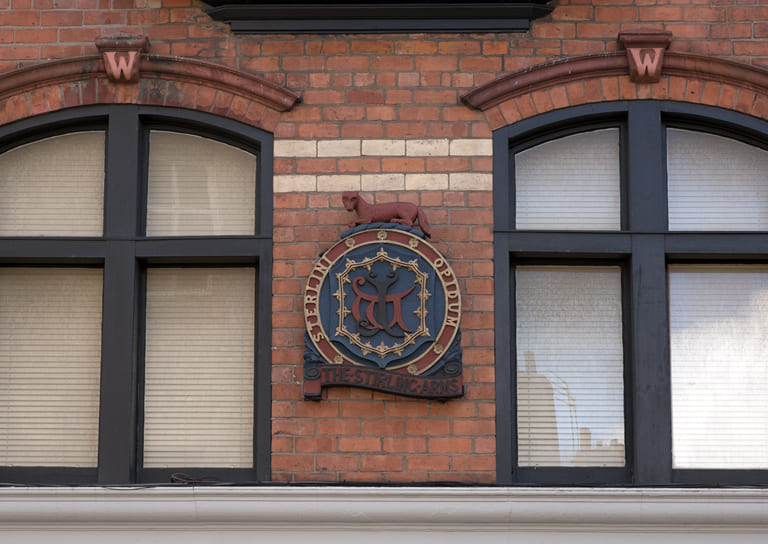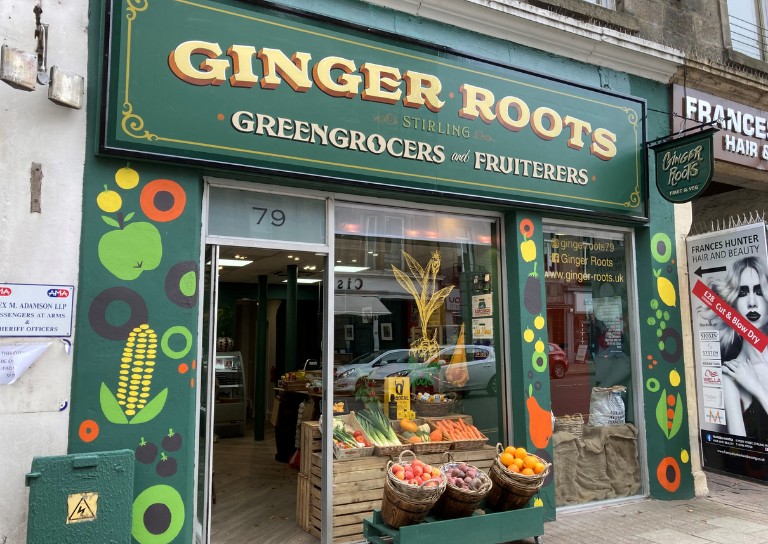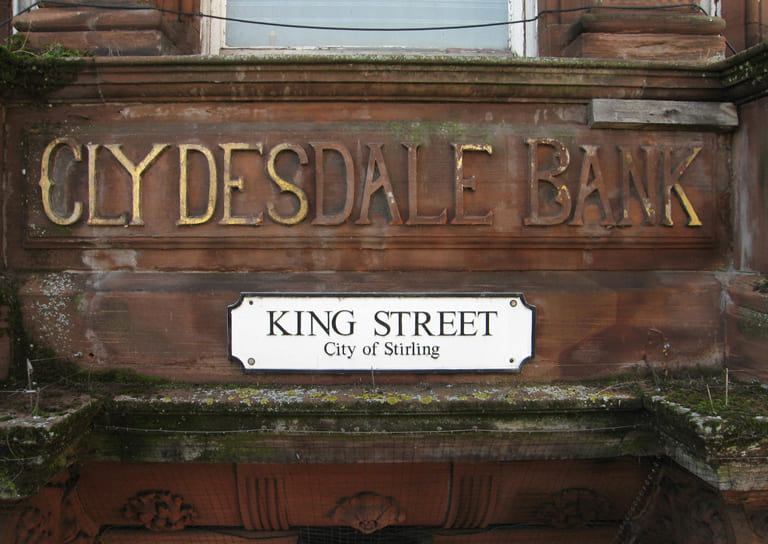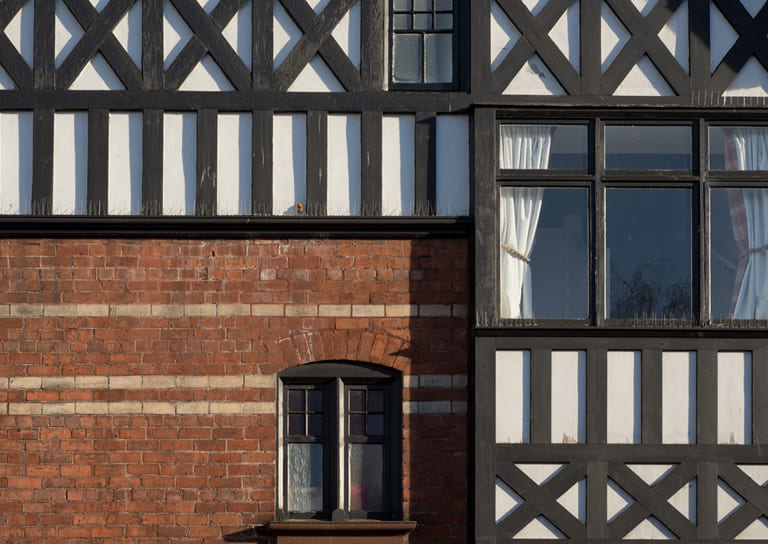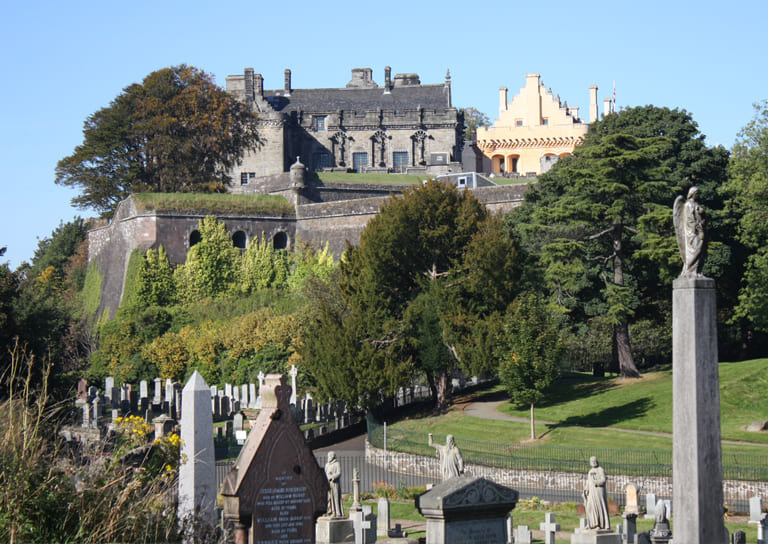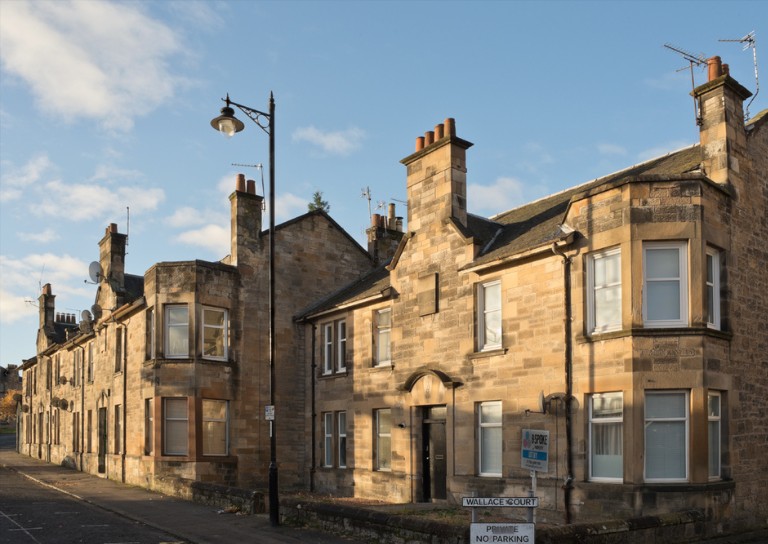- Home
- Our Work
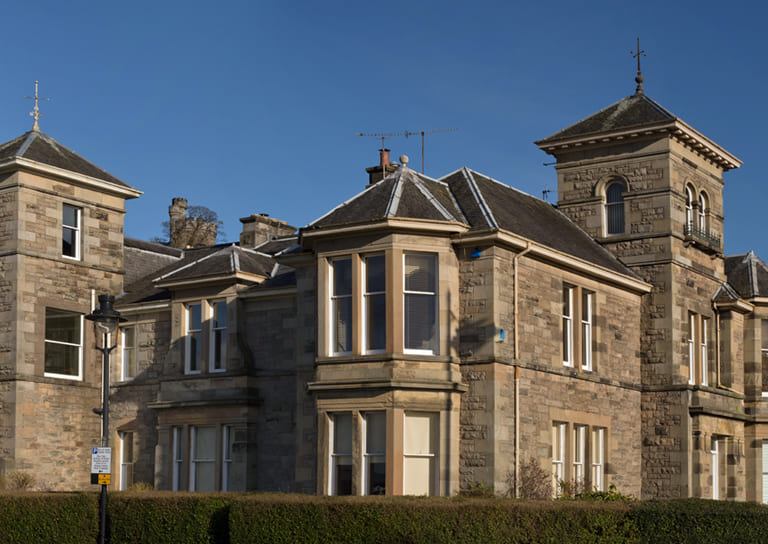
- Stirling's Story

- Blog
- Women in Construction at Bannockburn House
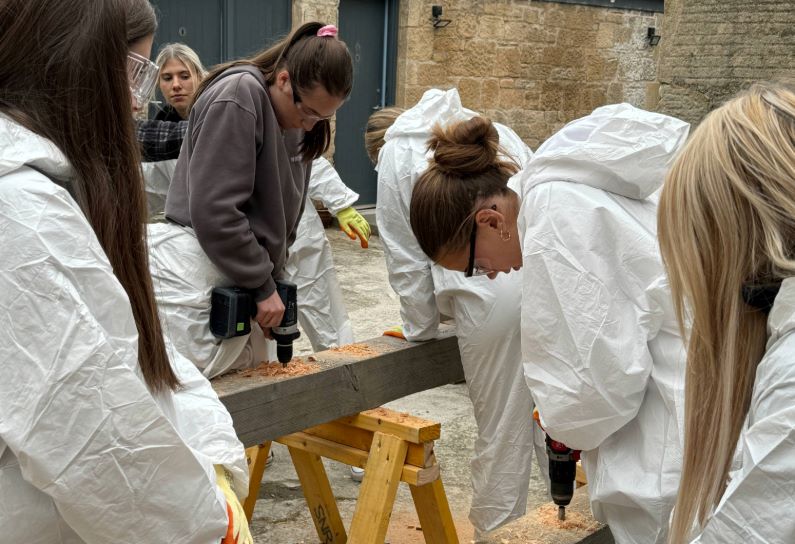
- Avenues to the Past: Stirling’s Historic Streets Exhibition
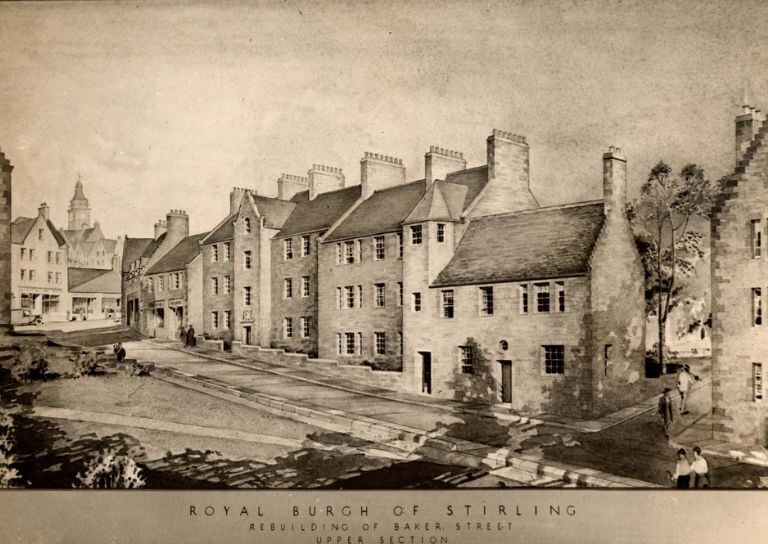
- Stirling Business Awards 2025

- What is a Conservation Area
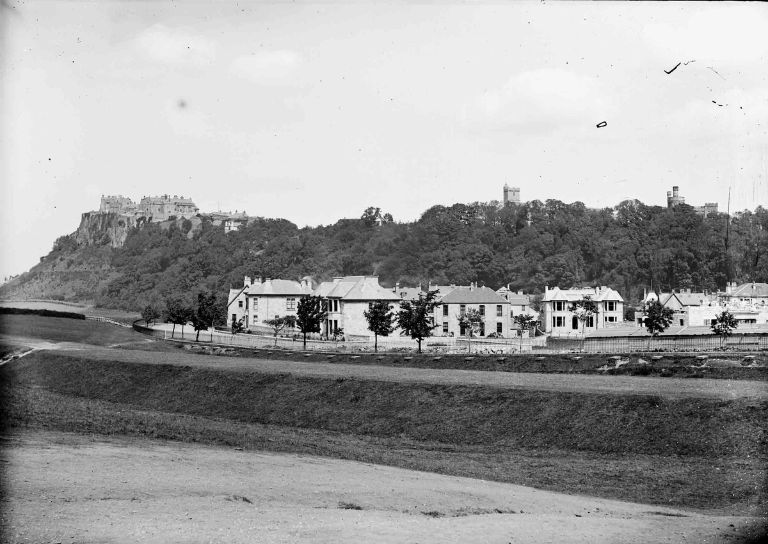
- 20 Great Buildings of Stirling
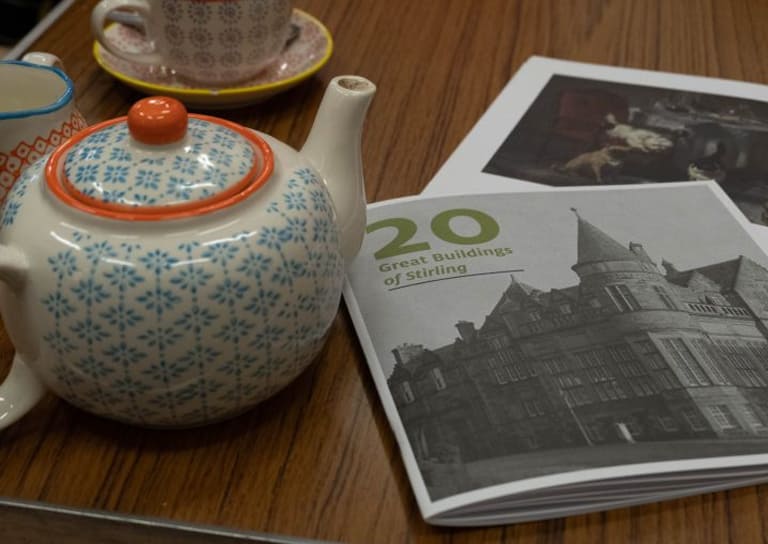
- Reminiscence Art Project

- On the European Stage: Preserving by Maintaining conference, Bratislava

- The Abolition Movement in Stirling
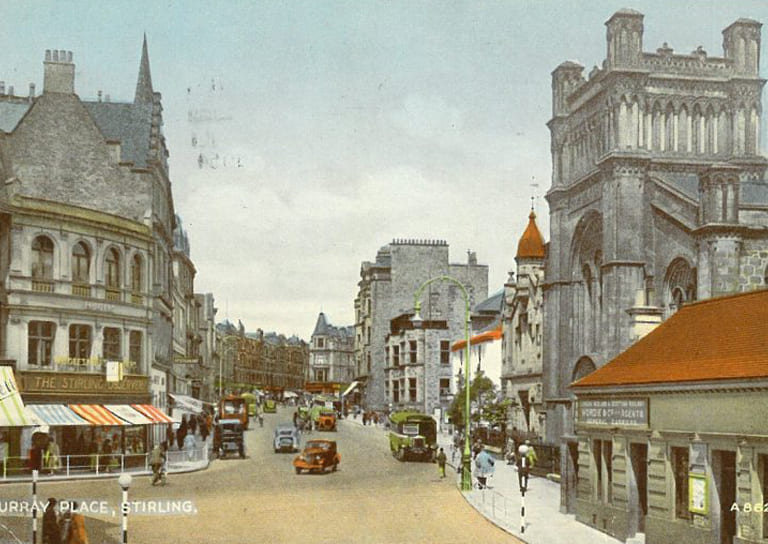
- Practical Workshop on Retrofitting Insulation with A. Proctor Group

- Walker Family Visit
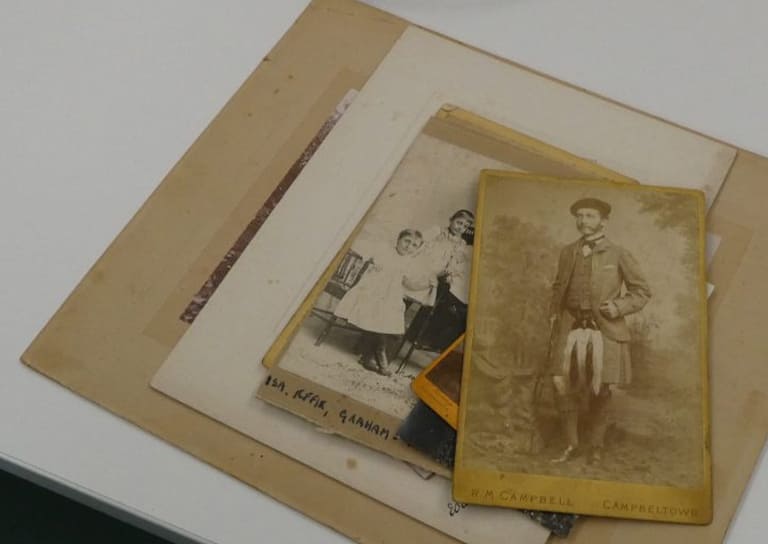
- Ghost Tales from Stirling
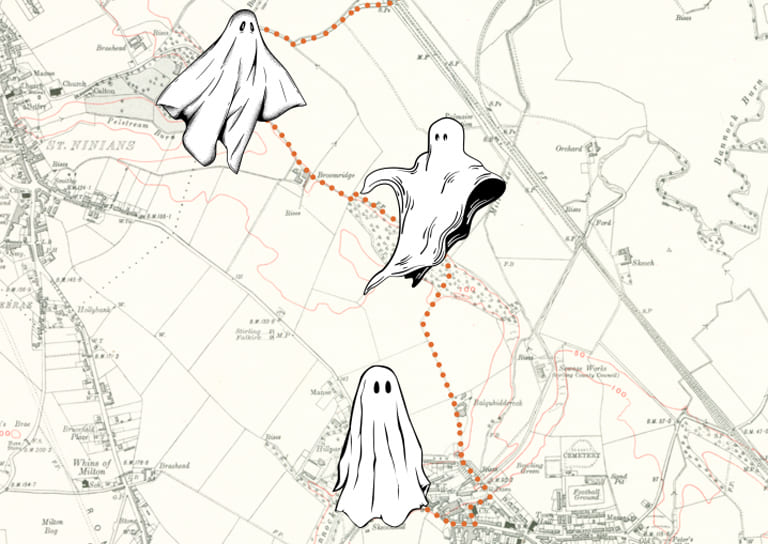
- Snowdon House and The West Indies
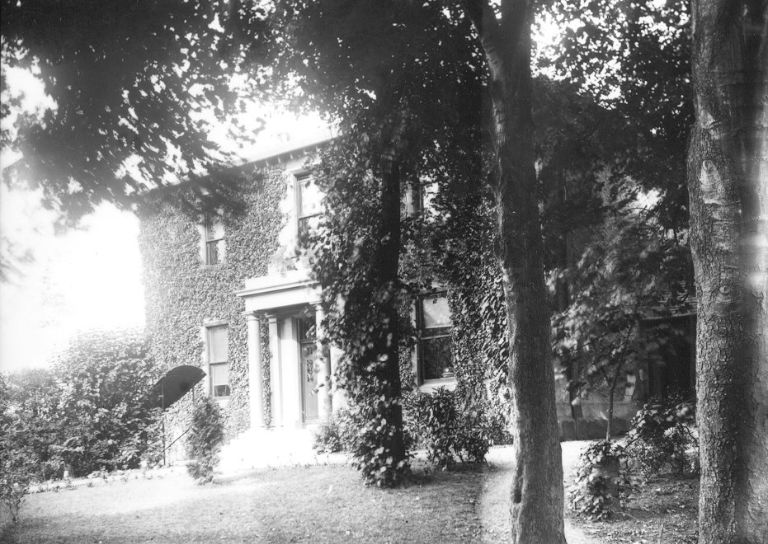
- Stirling’s Streetscape Stories: Photography Workshop
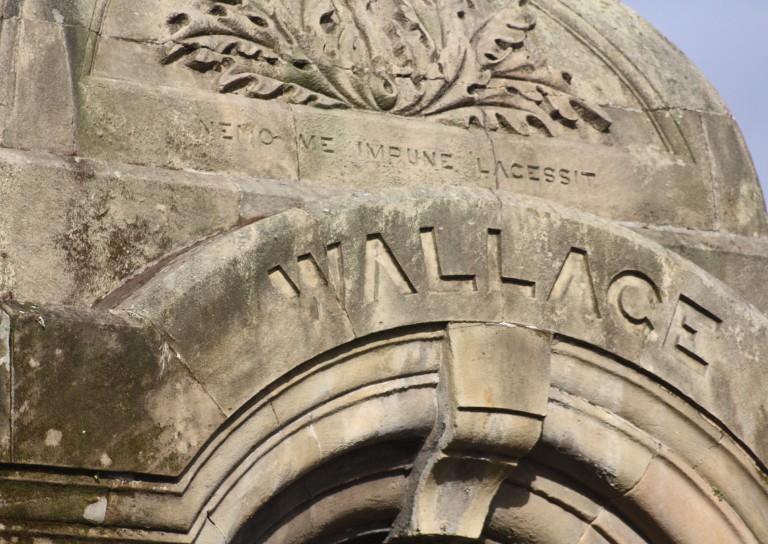
- Stirlingshire’s Highland Games
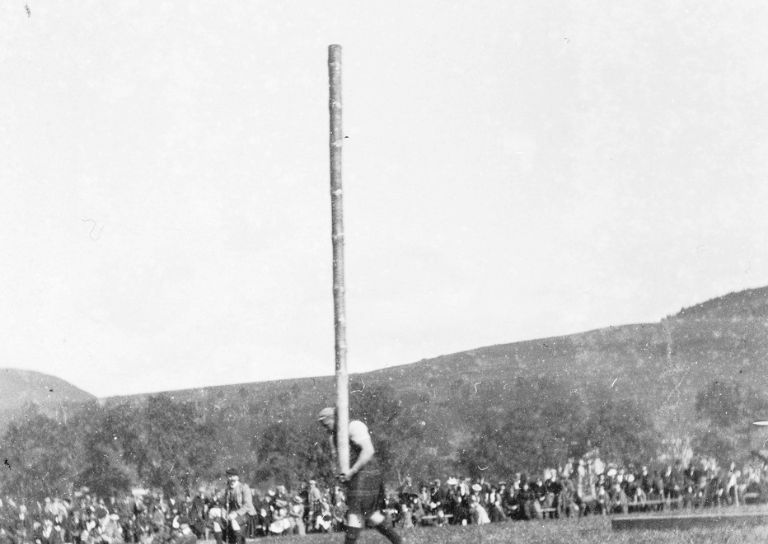
- Creative careers in the heritage sector
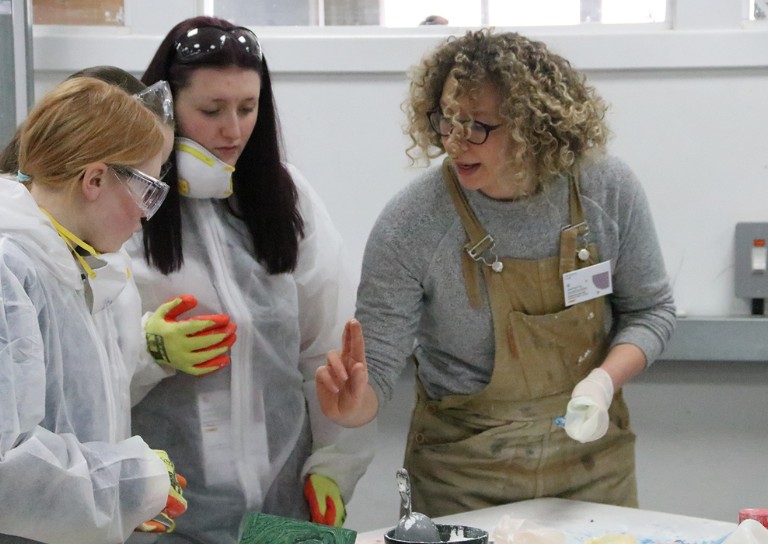
- Postcards From Stirling
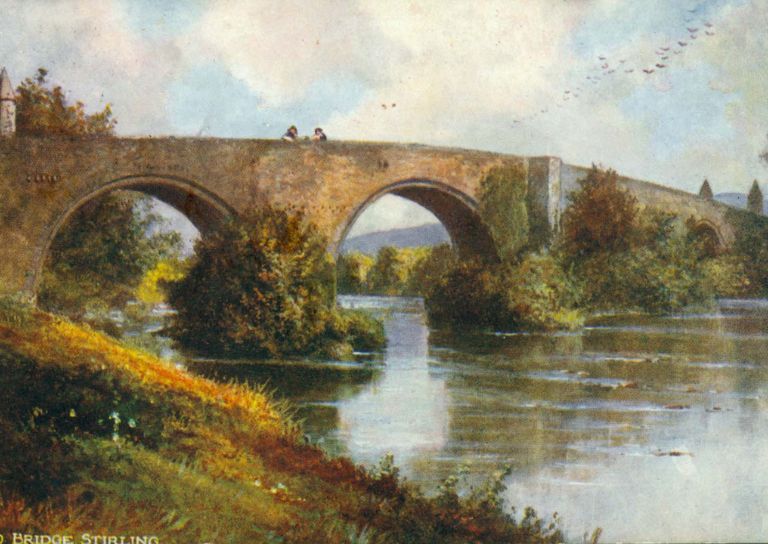
- Stirling’s Gala Days
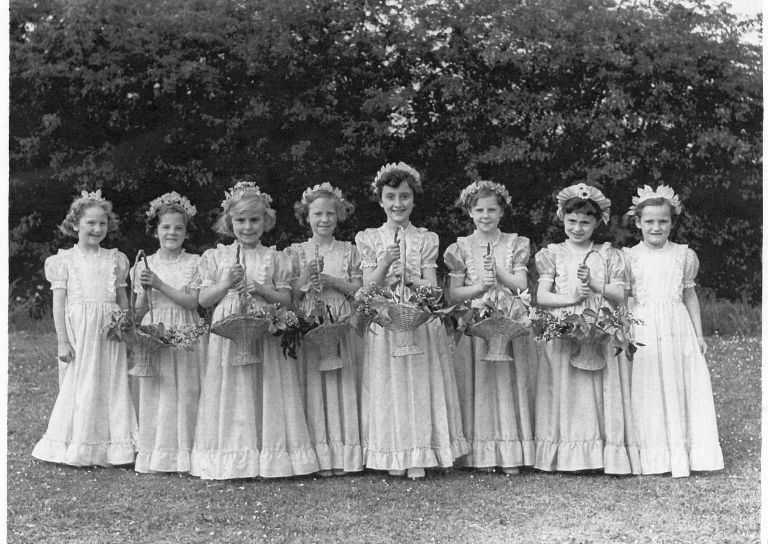
- Building Surveying Student Intern at Stirling City Heritage Trust
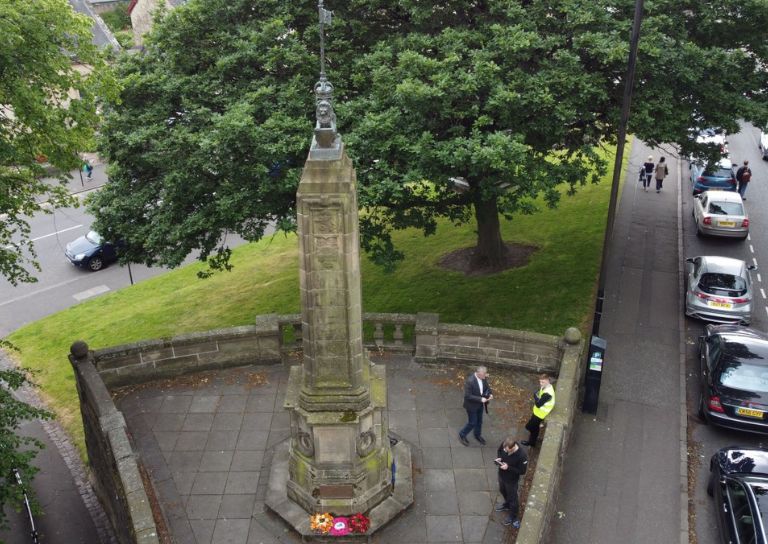
- Heritage Trail: Stirling Walks
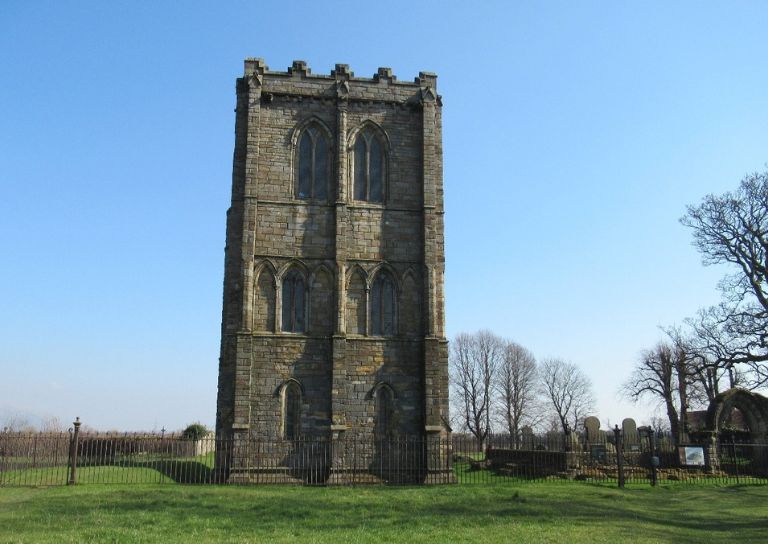
- Local History Resources
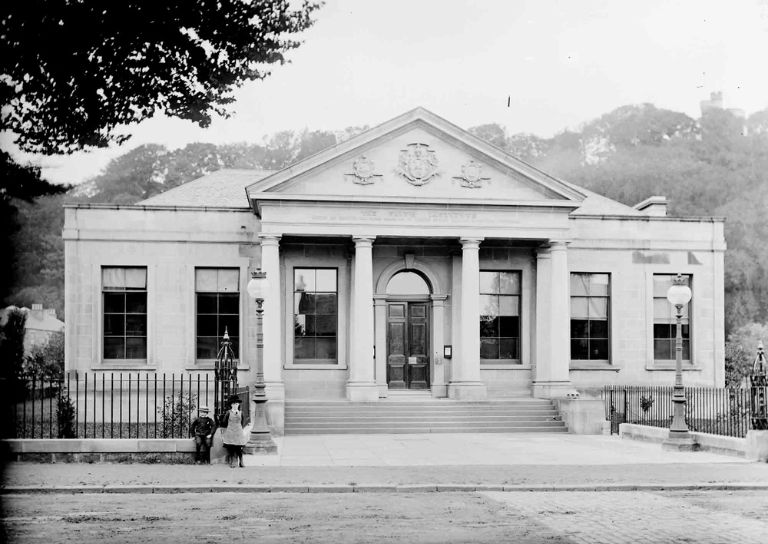
- Stirling Through the Decades
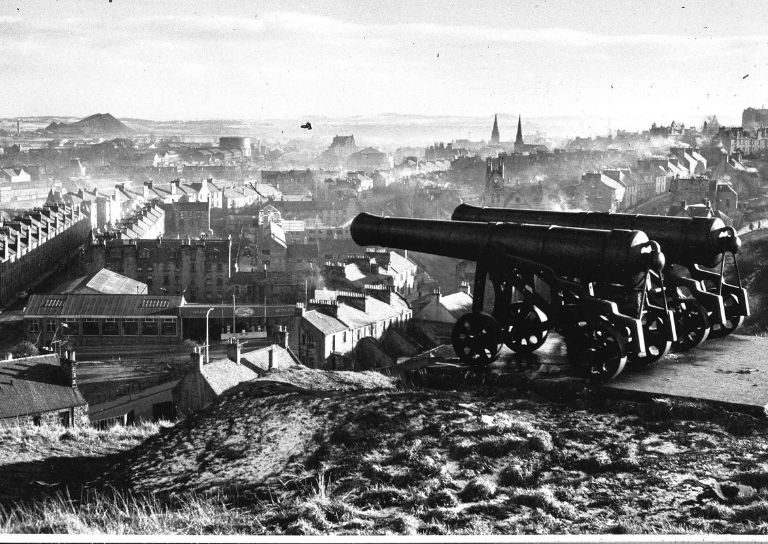
- Stirling’s STEM Pioneers

- Traditional Skills: Signwriting

- Christian MacLagan, a pioneering lady, but born too soon?
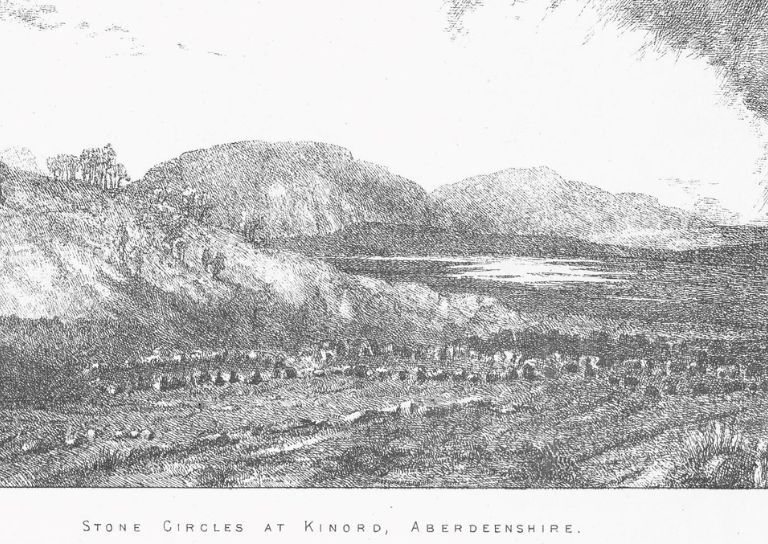
- Traditional Shopfronts in Stirling
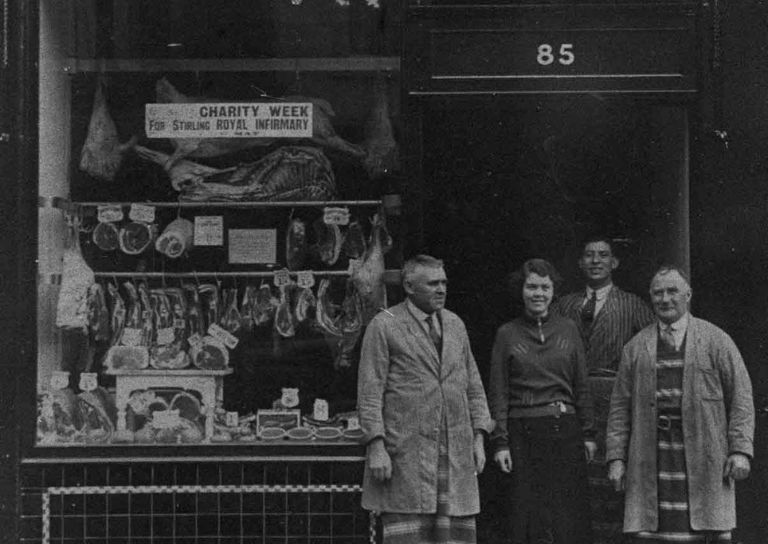
- Stirling History Books for World Book Day
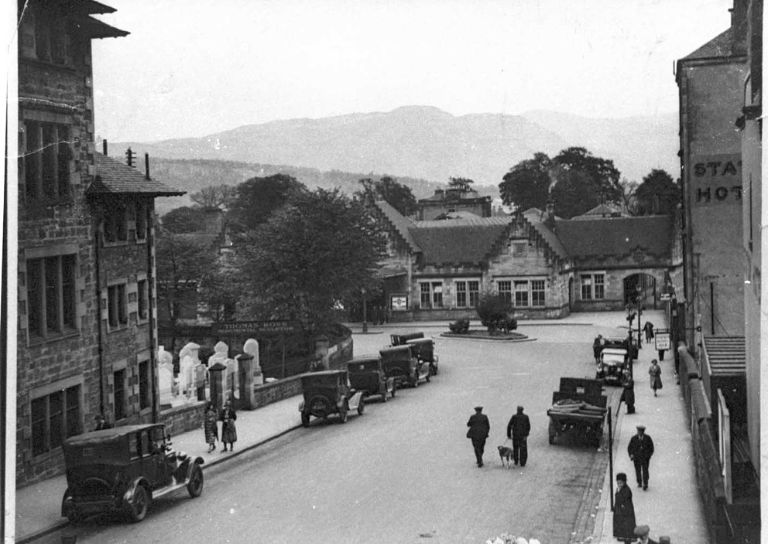
- My Favourite John Allan Building by Joe Hall
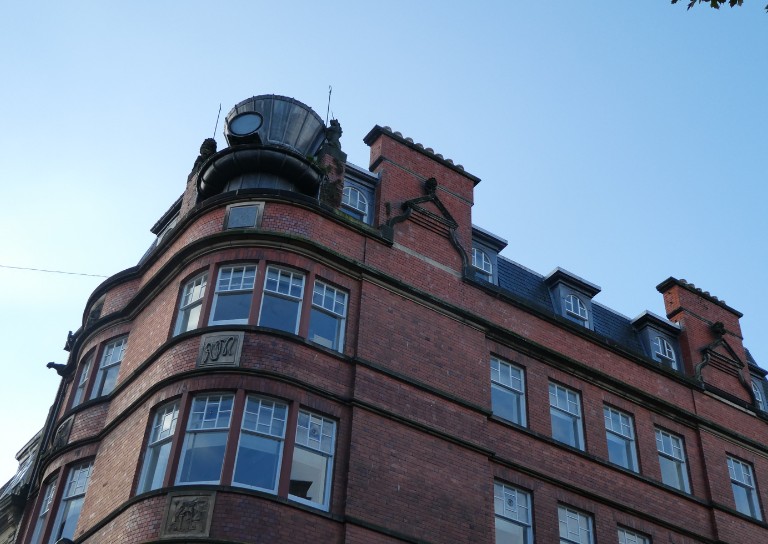
- My Favourite John Allan Building by Lindsay Lennie
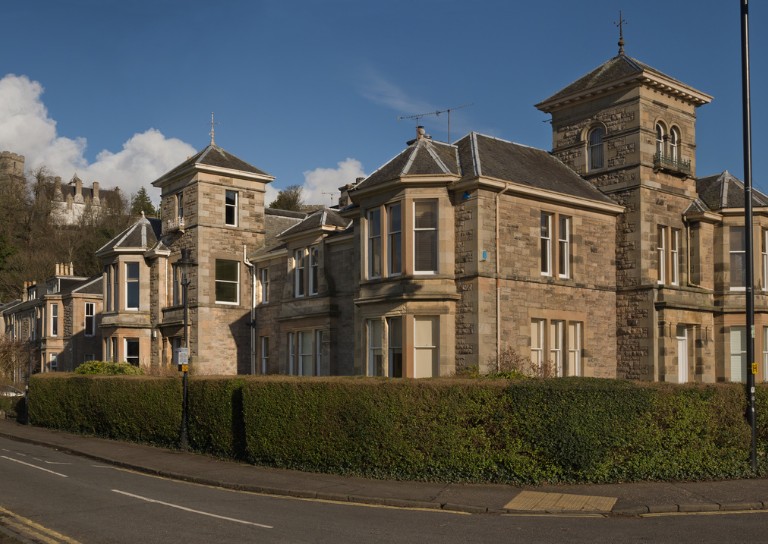
- My Favourite John Allan Building by Andy McEwan
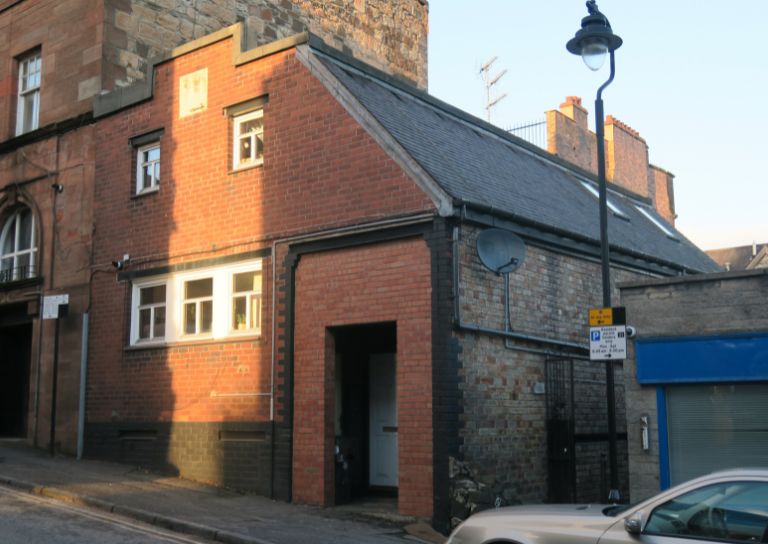
- My Favourite John Allan Building by Pam McNicol
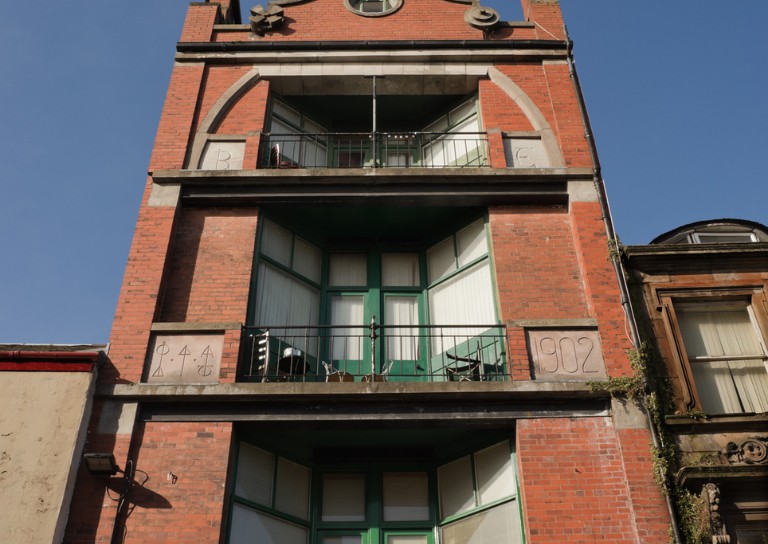
- Celebrating John Allan: A Man of Original Ideas
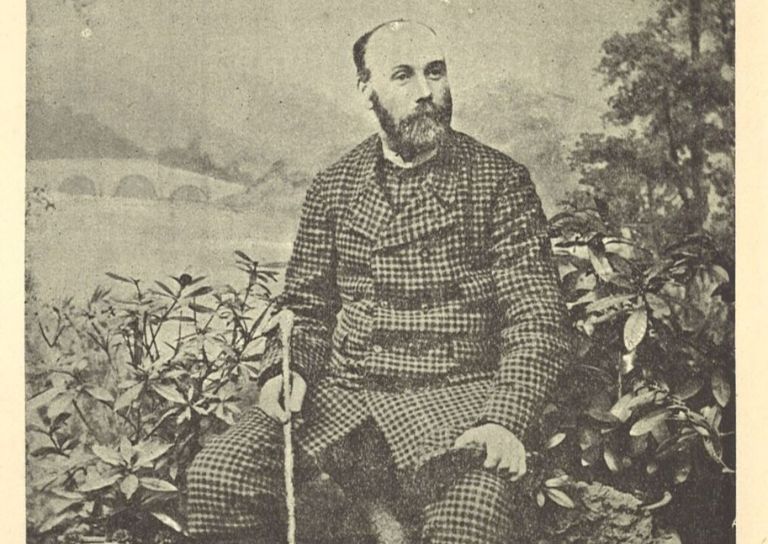
- The Tale of the Stirling Wolf
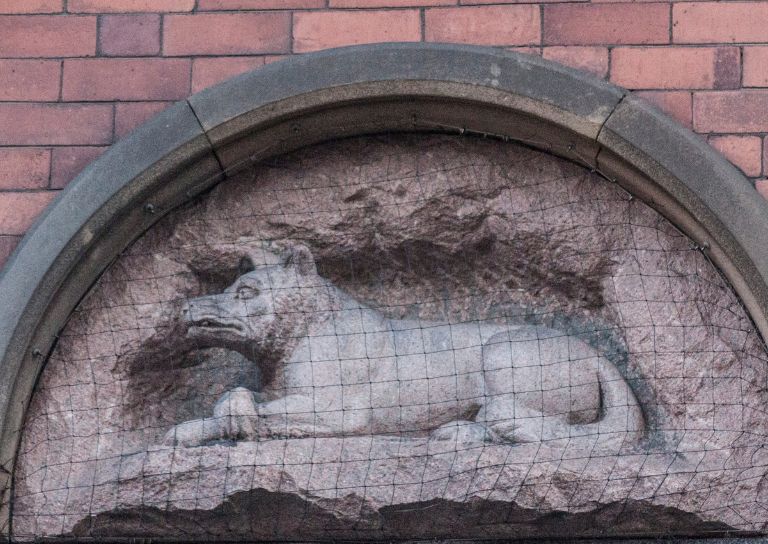
- Stirling: city of culture
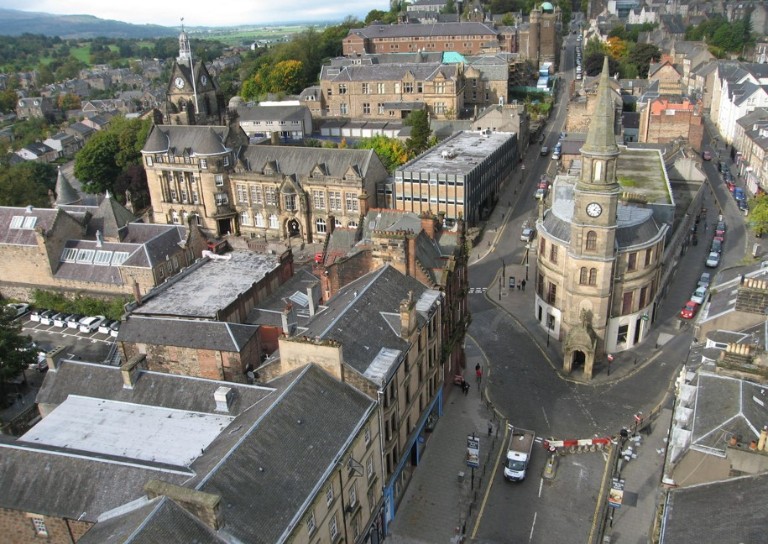
- Christmases Past in Stirling
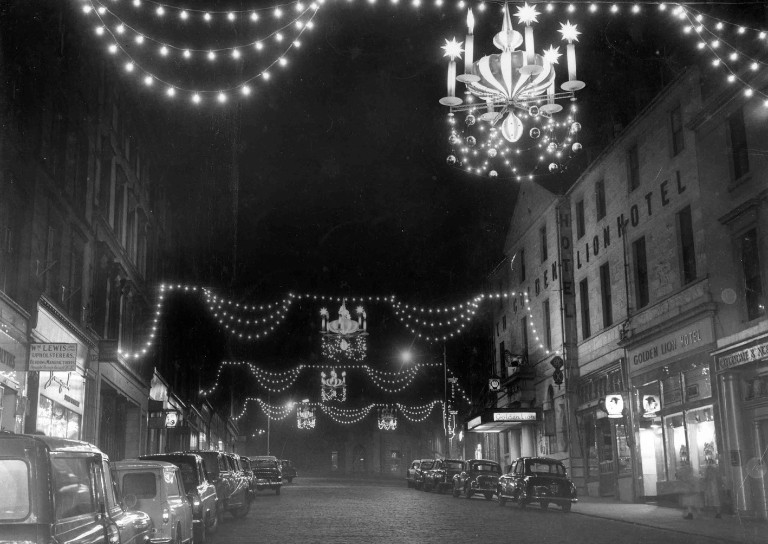
- Stirling’s Historic Graveyards
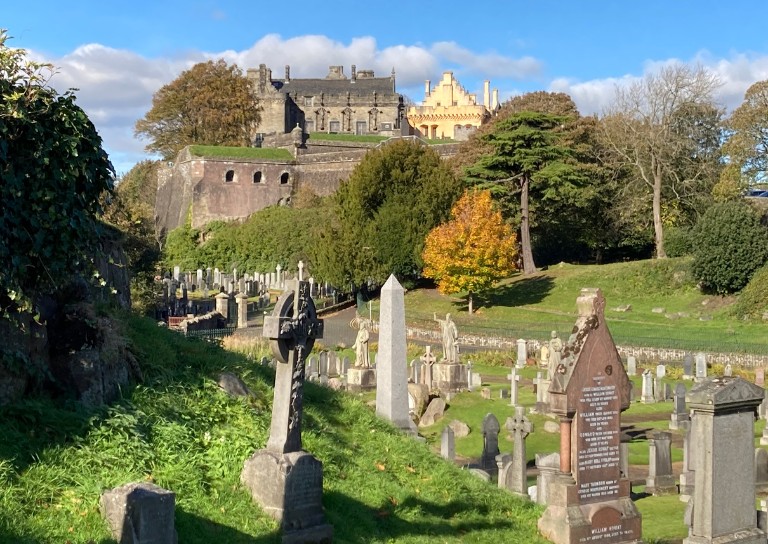
- Top 10 Tips for Architectural Photography
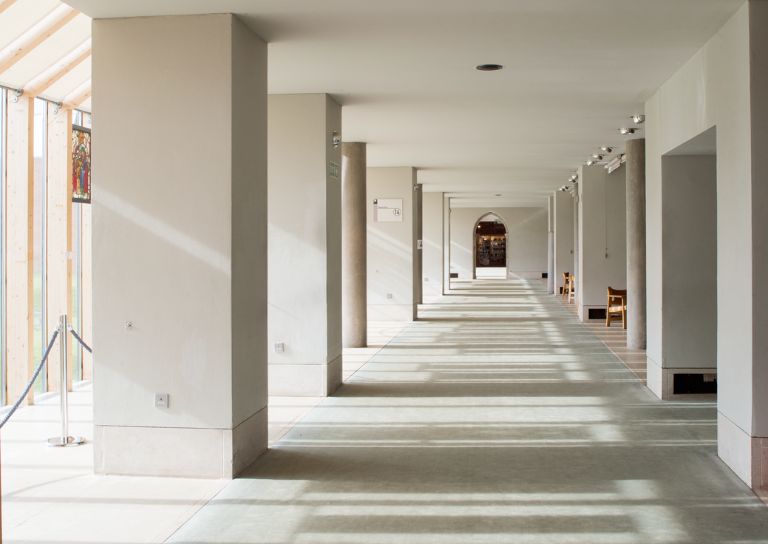
- An Interview with David Galletly
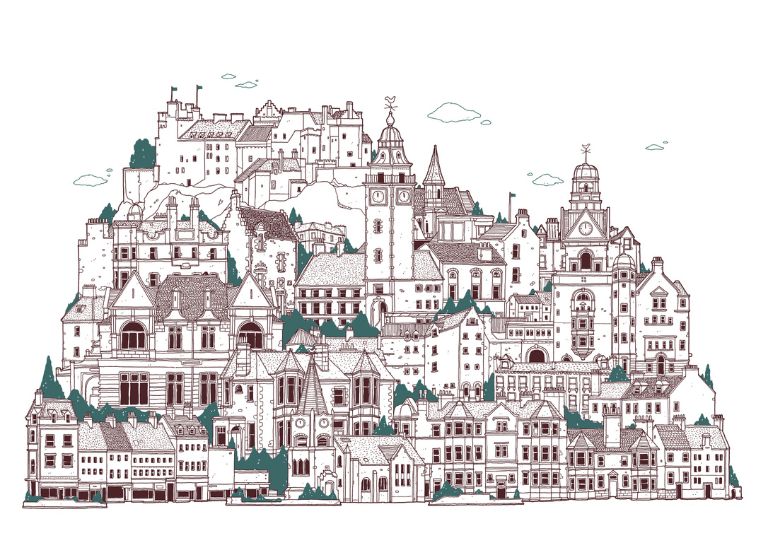
- Springtime in Stirling
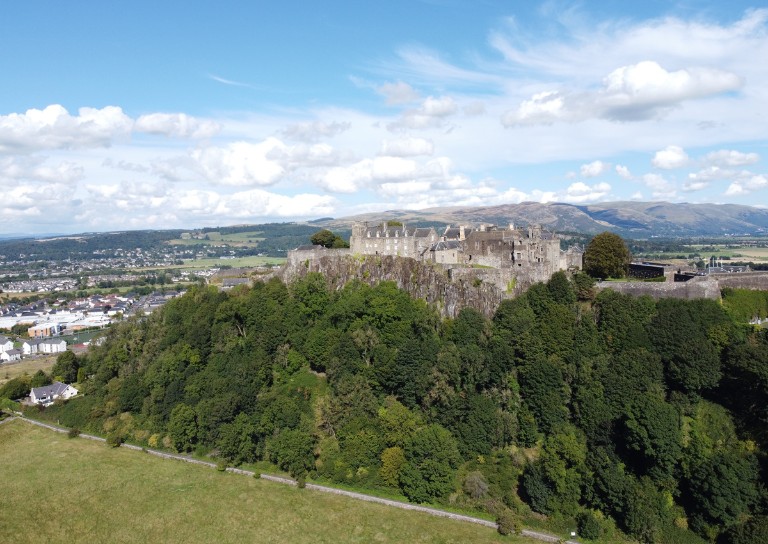
- The Kings Knot – a history
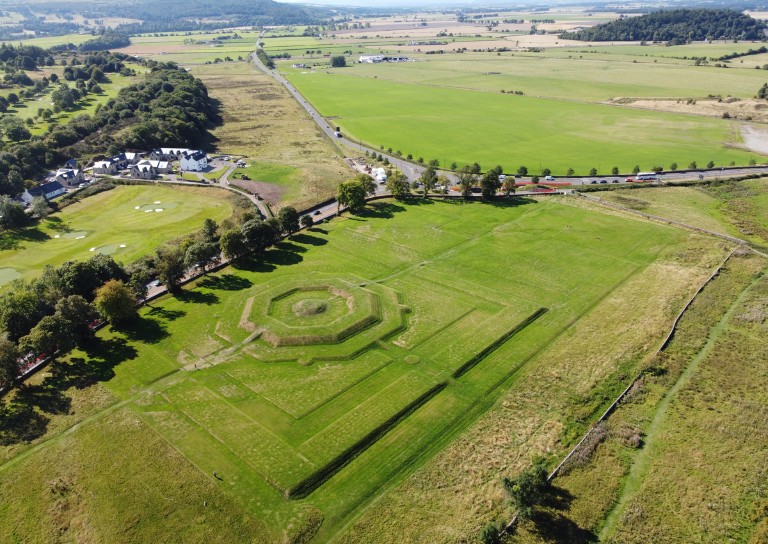
- A Future in Traditional Skills

- Robert Burns’ First Trip to Stirling

- Stirling’s Witches
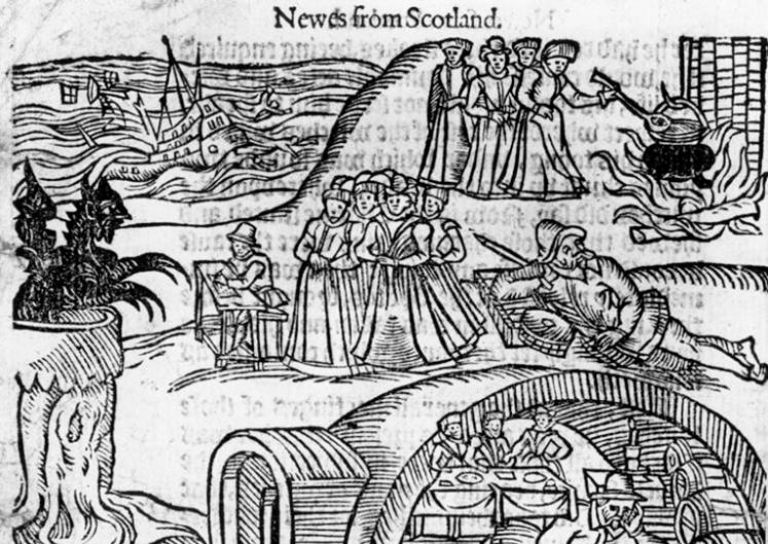
- Stirling’s Ancient Wells
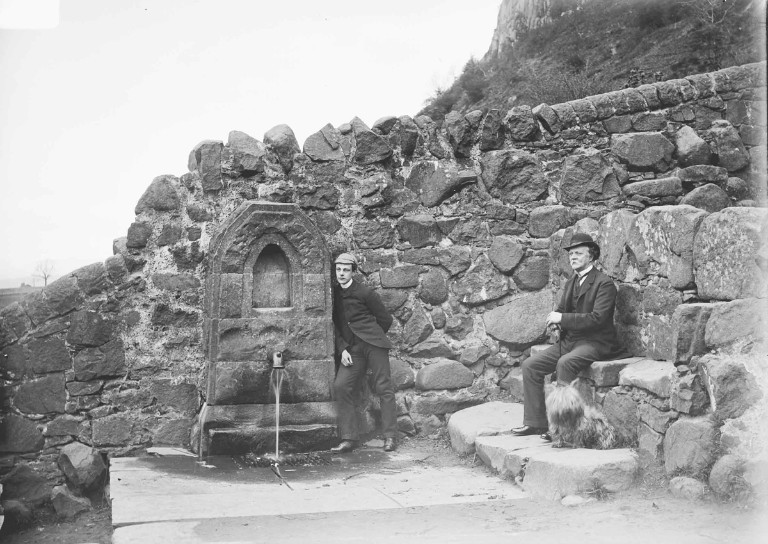
- An architecture student’s take on the City Of Stirling
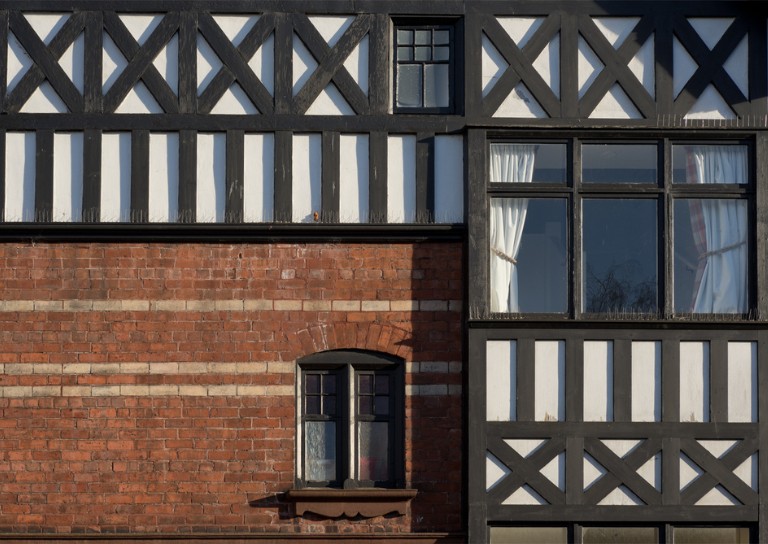
- Ronald Walker: Stirling’s Architect
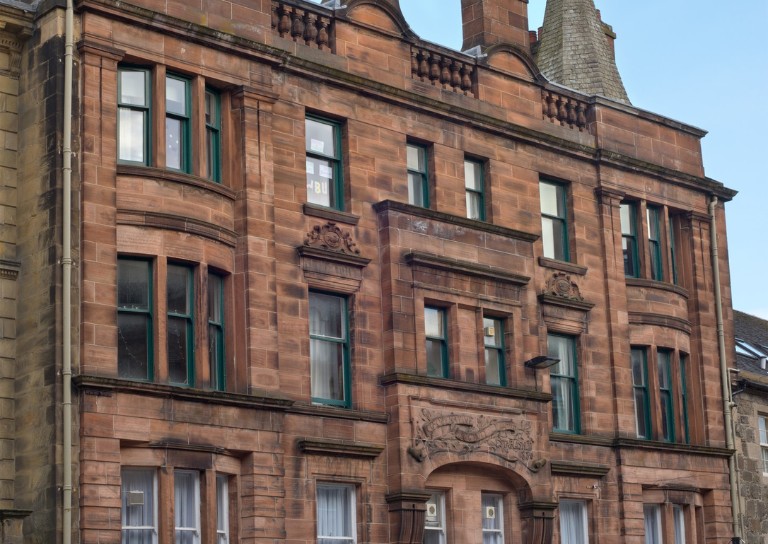
- Stirling’s Statues

- Stirling’s Wee Bungalow Shops
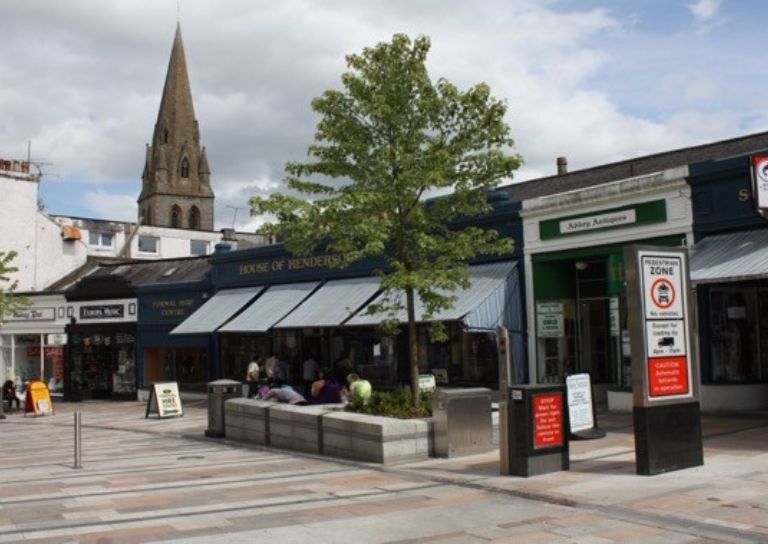
- Stirling’s Historic Hospitals

- Women in Digital Innovation and Construction
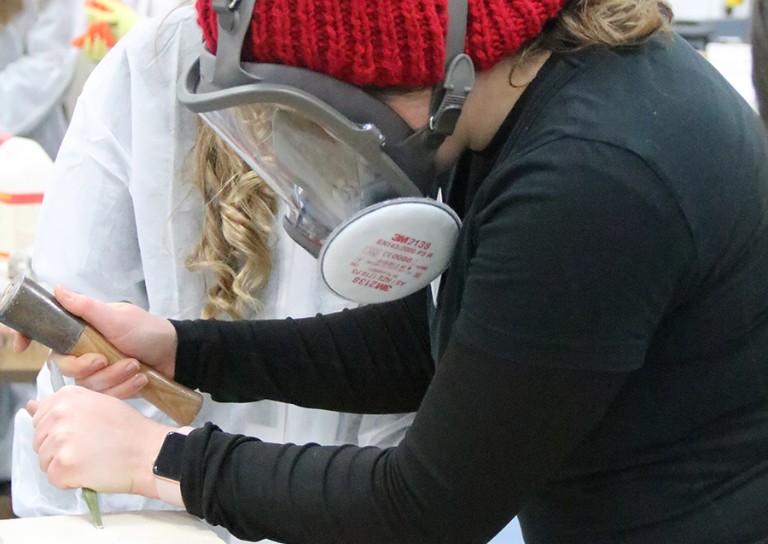
- Heritage at home: 8 of the best online heritage resources
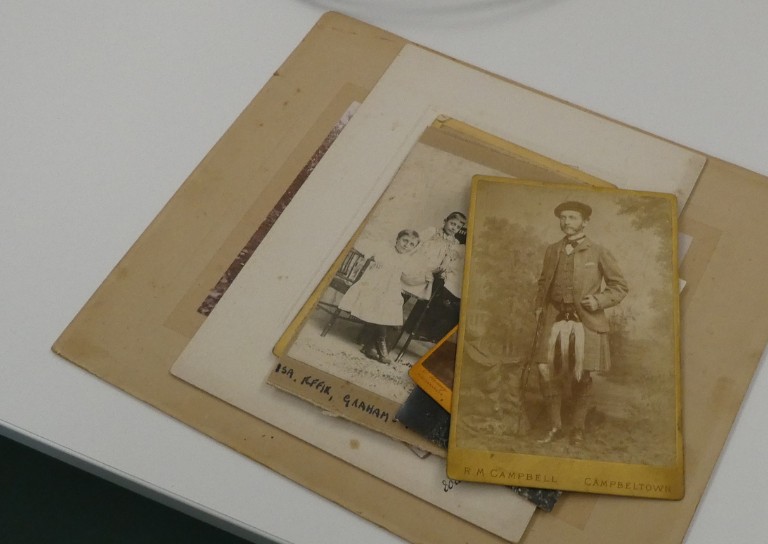
- Stirling featured at virtual heritage conference

- Five of Stirling’s greatest John Allan buildings
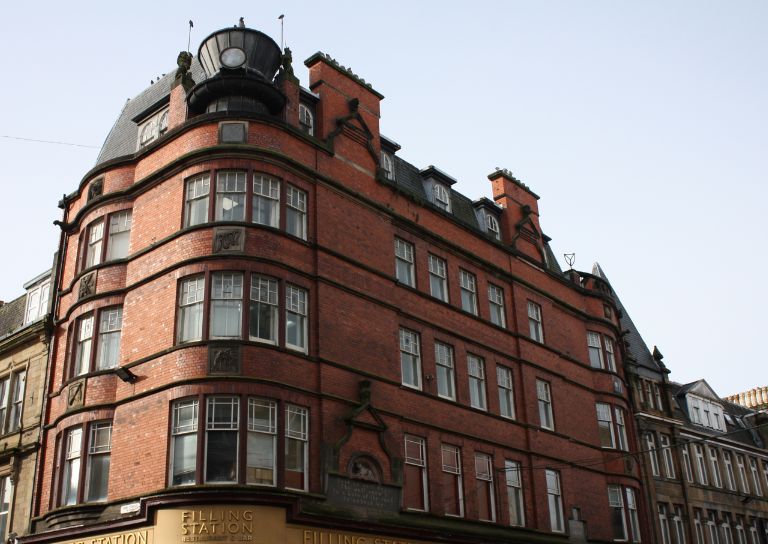
- Women in Construction – Stirling event report

- Scotland’s trailblazing women architects

- Stirling’s Heritage: Spotlight on The Granary
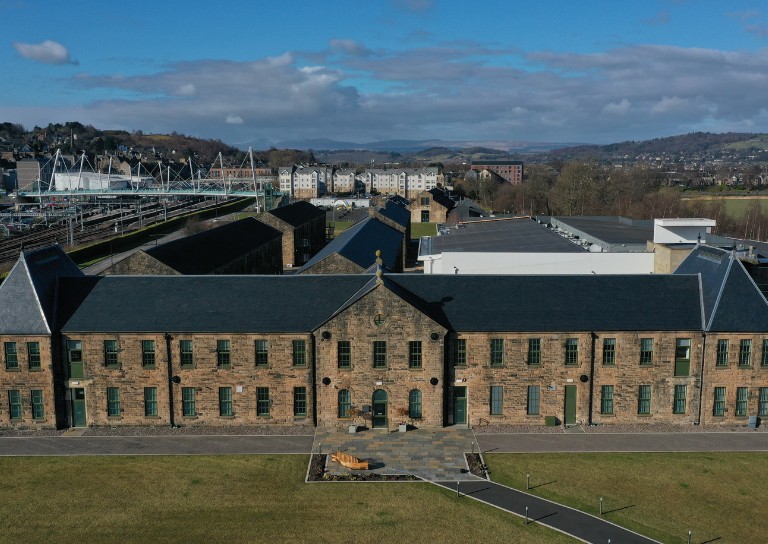
- TBHC Scheme now open to properties in Dunblane and Blairlogie
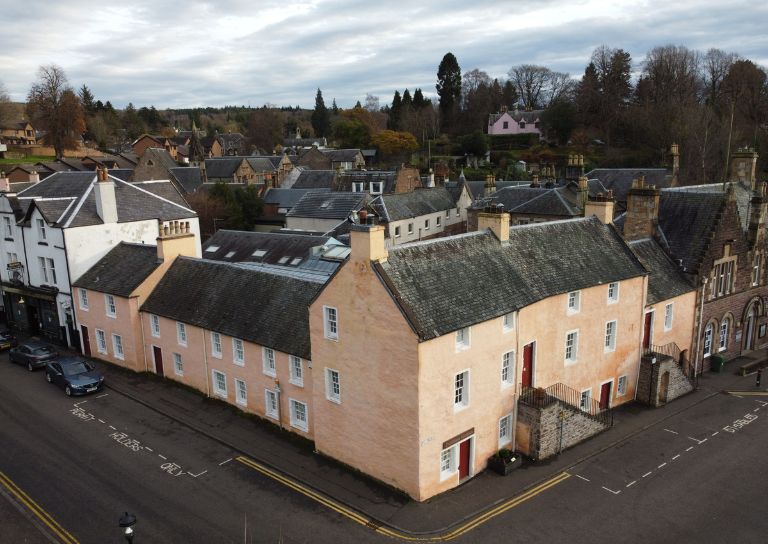
- How drones help us inspect traditional buildings

- Hazardous Masonry & Masonry Falls
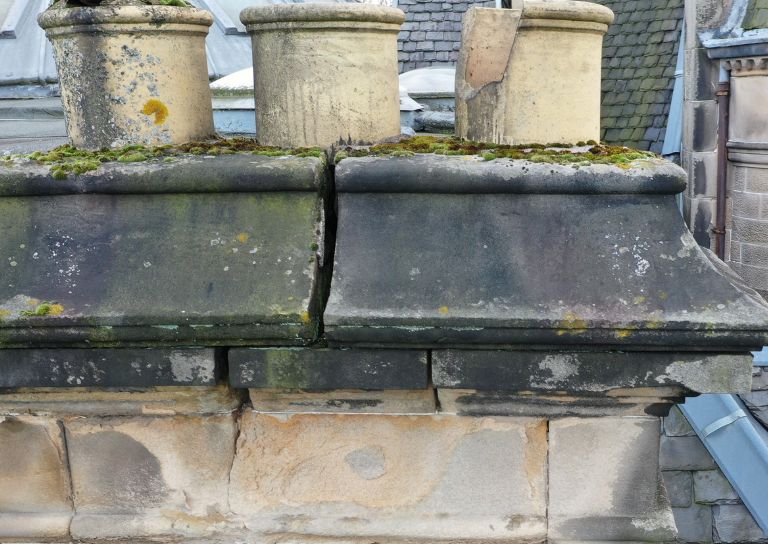
- Mason Bees: What’s the Buzz?

- Stirling Traditional Skills Demonstration Day Success!
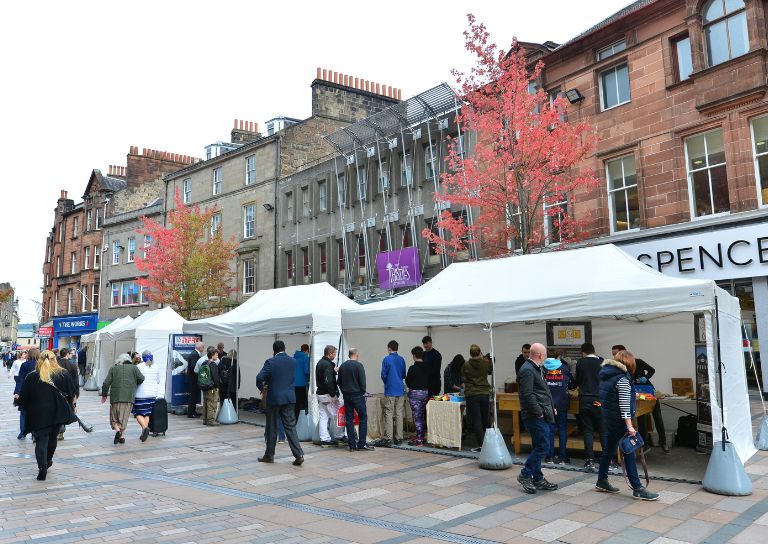
- Floating Head Sculpture at Garden Glasgow Festival 1988
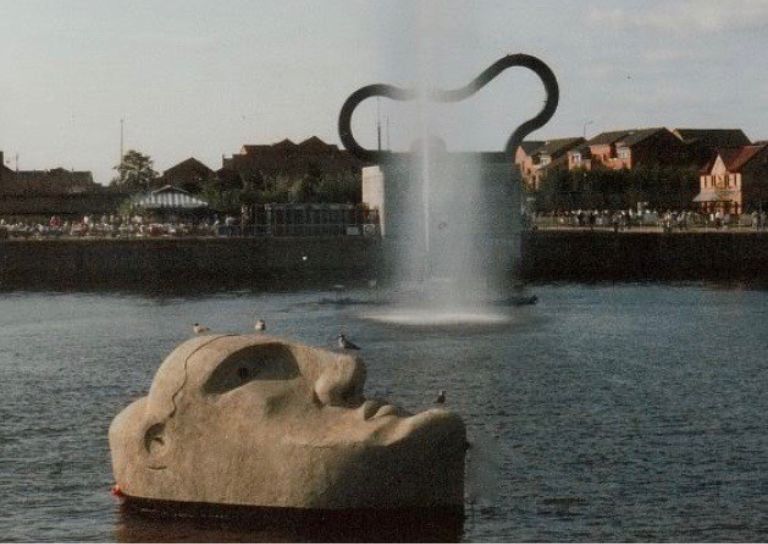
- The story behind Paisley Abbey’s Alien gargoyle

- Cambuskenneth Abbey

- Stirling City Heritage Trust Publications

- Sharing Memories: Taking '20 Great Buildings of Stirling' into the community

- William Wallace Statues In Stirling

- Coronations and Royal Christenings in Stirling
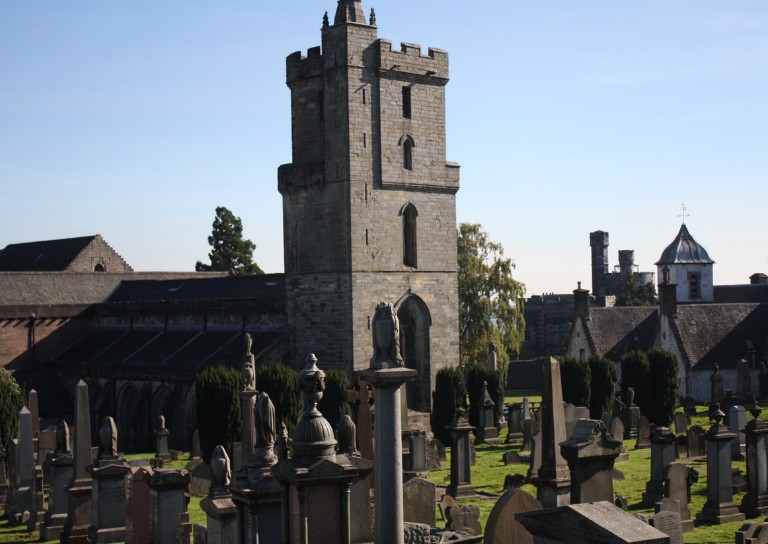
- The development of King's Park
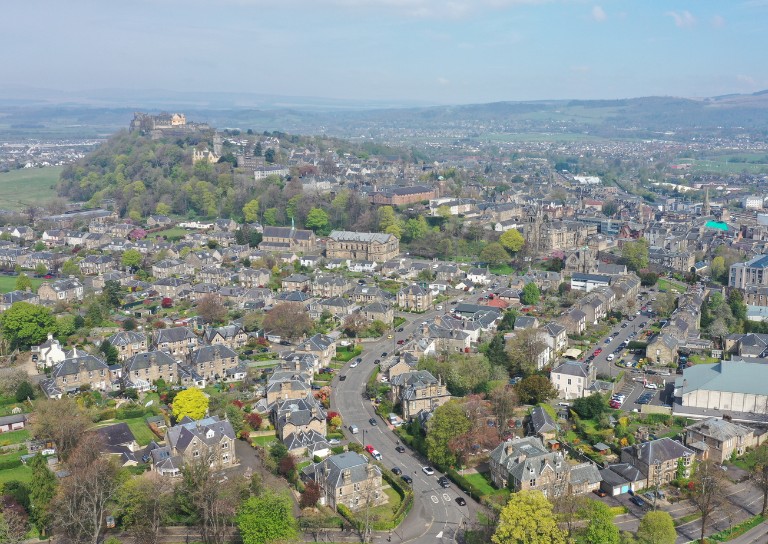
- Energy efficiency project awarded grant from Shared Prosperity Fund
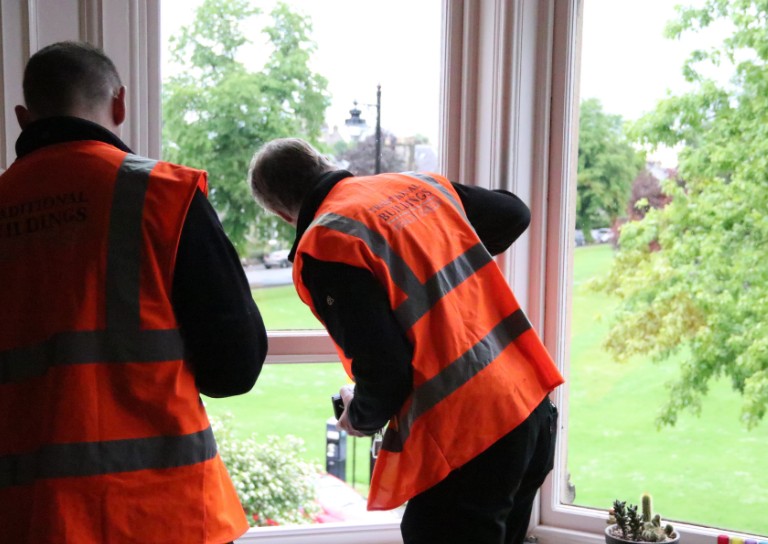
- Inspiring the Future: Stirling City Heritage Trust's Women in Construction Event at Wallace High
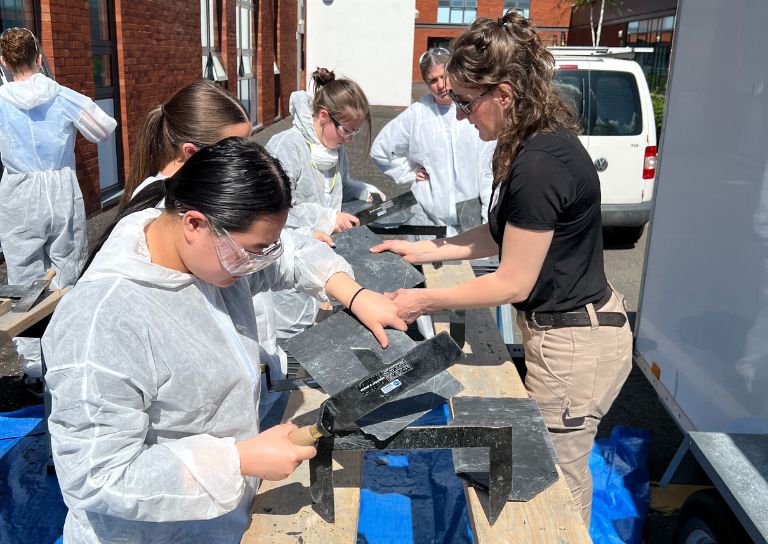
- Doors Open Days Talk: Who Built Stirling?
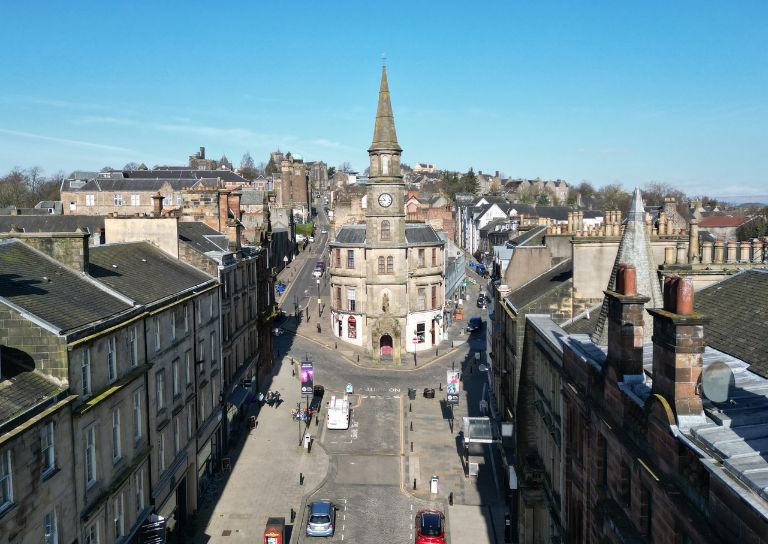
- 10 Years of the Traditional Buildings Health Check

- Growing up in Stirling: A Night of Reminiscence at The Smith
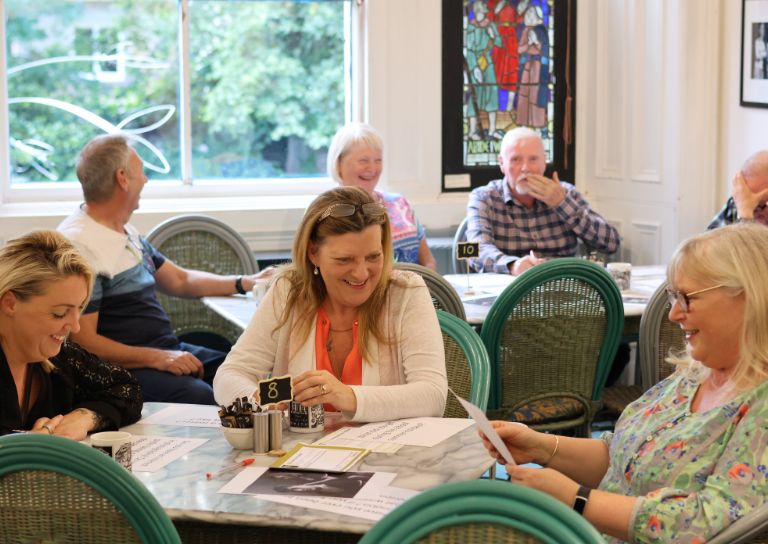
- SCHT visit to Brucefield Estate, Forestmill, Clackmannanshire

- Statement on Christie Clock
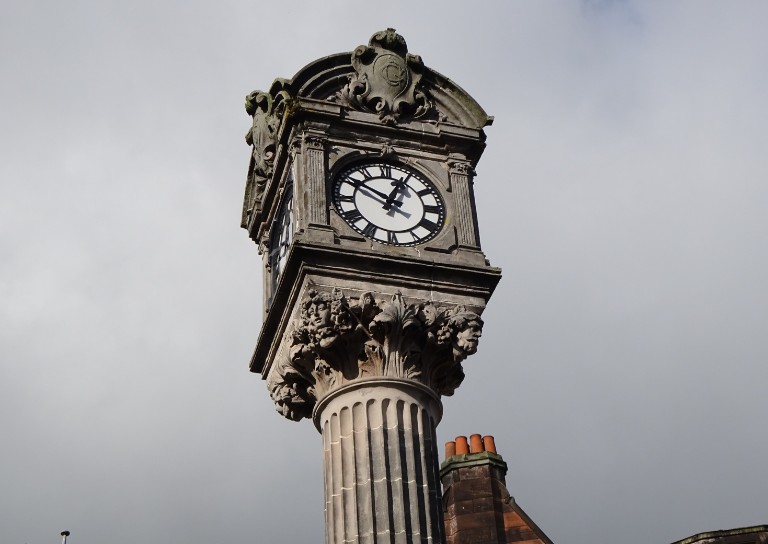
- Stirling’s Lost Skating Heritage
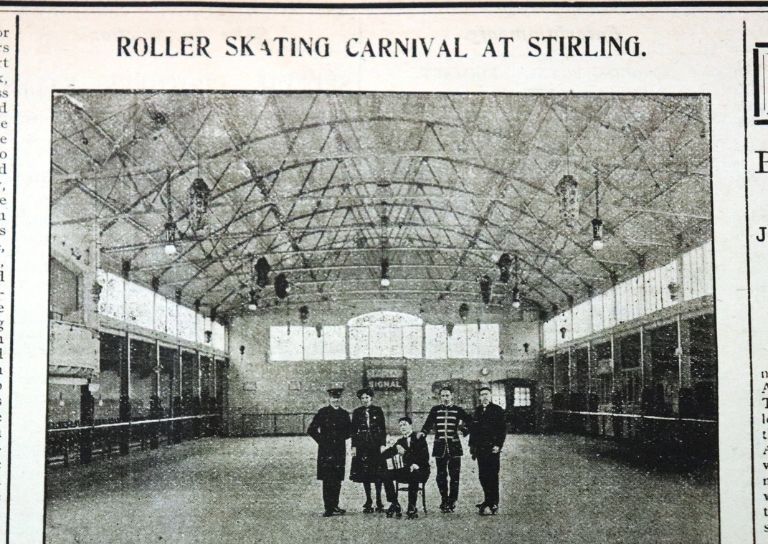
- Laurelhill House and the West Indies
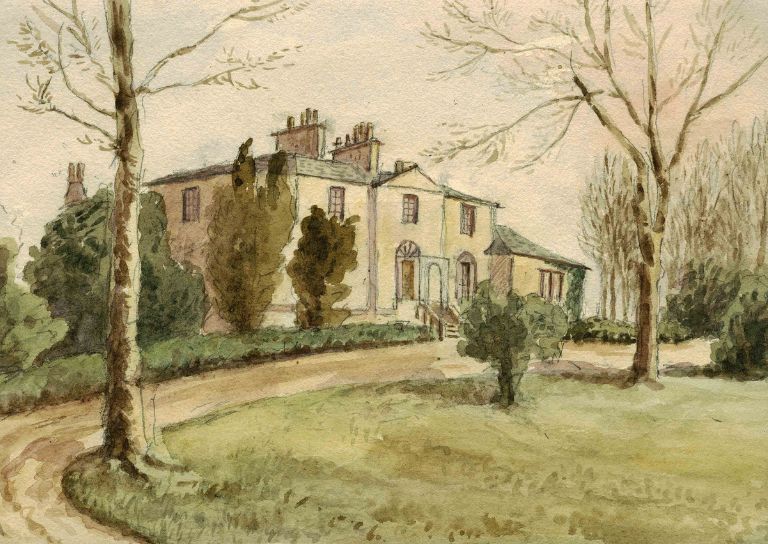
- Beechwood House and the Transatlantic Slave Trade
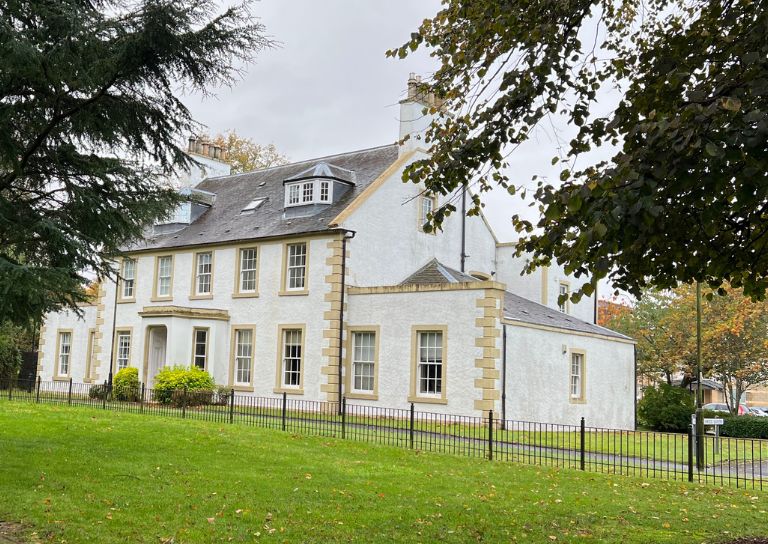
- Retrofitting Traditional Buildings
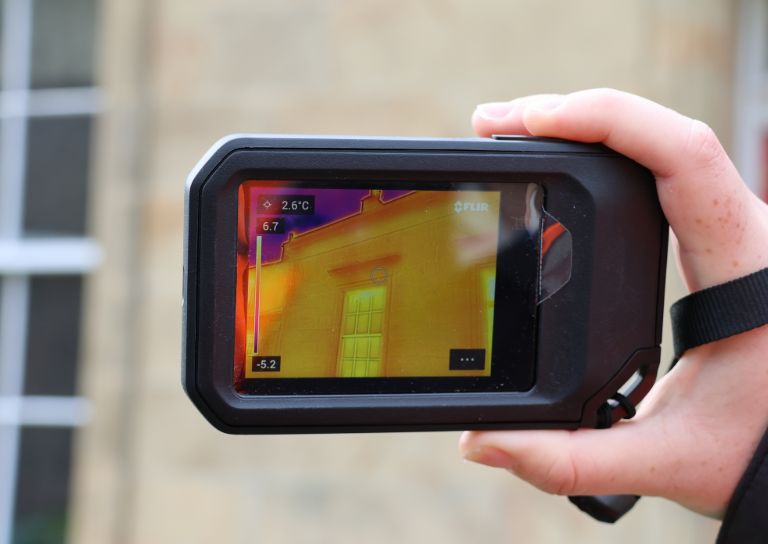
- Building Resilience: Maintaining Traditional Buildings
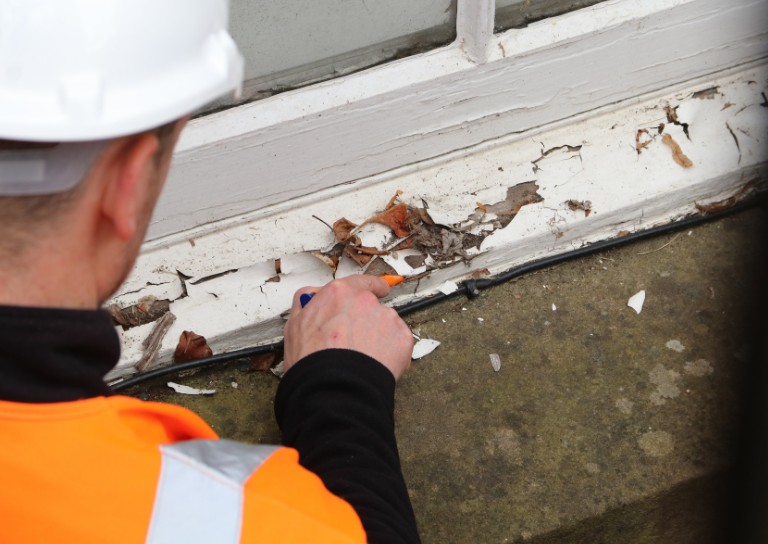
- Shopping Arcades
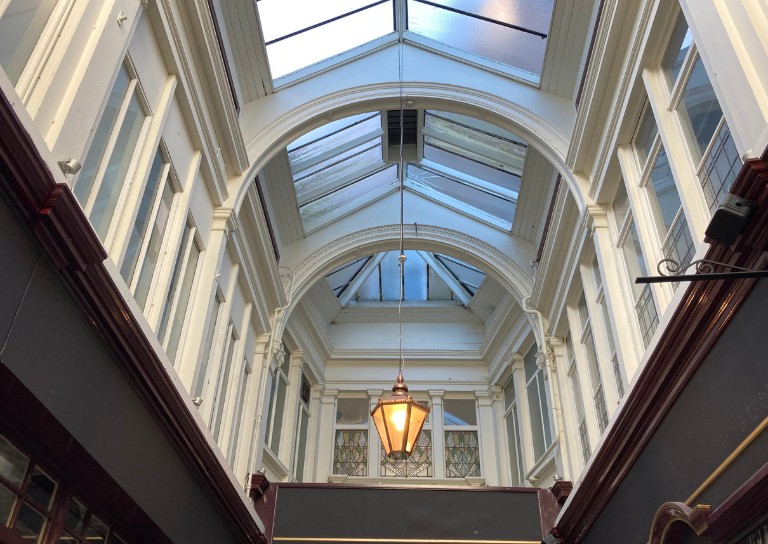
- Retrofitting Traditional Buildings: Fabric First
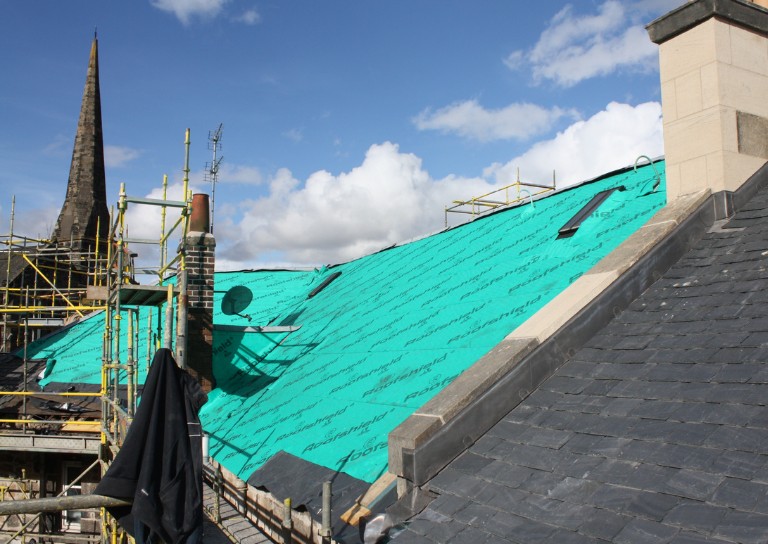
- Stirling Reminiscence Box

- Level 3 Award in Energy Efficiency for Older and Traditional Buildings Retrofit Course (2 Day)
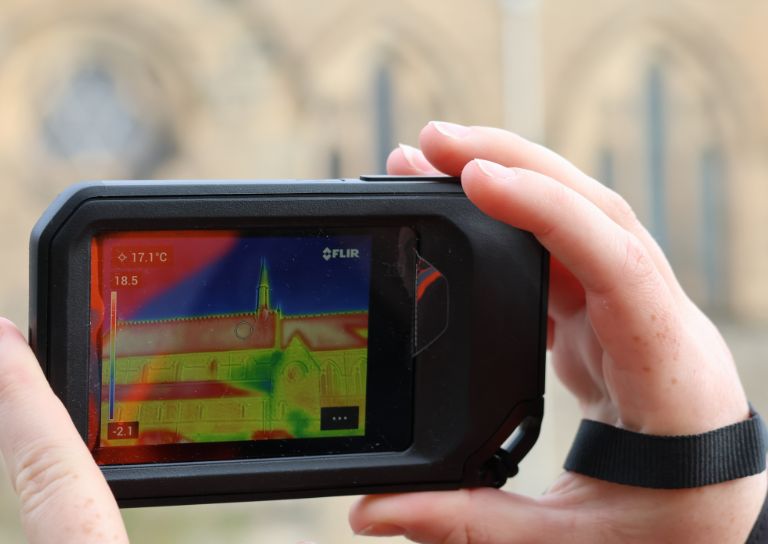
- New Retrofit Service now available for Traditional Buildings Health Check Members

- Retrofitting Traditional Buildings: Windows
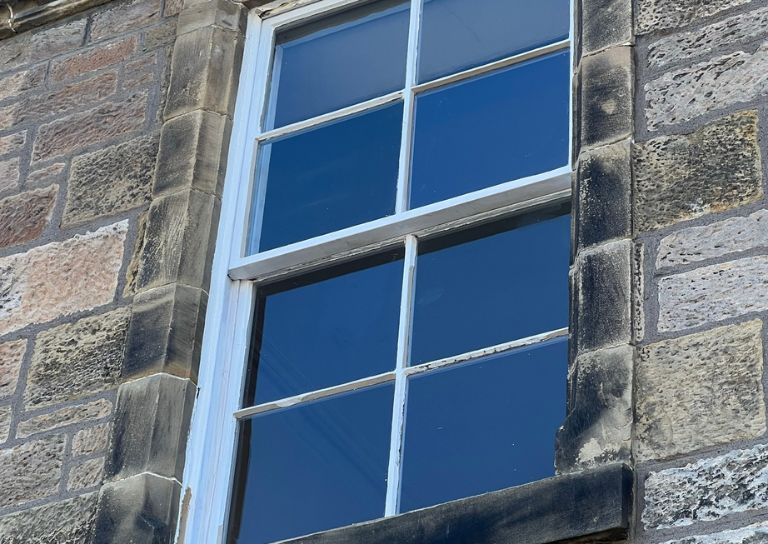
- Architects and The Thistle Property Trust

- Retrofitting Traditional Buildings: Insulation
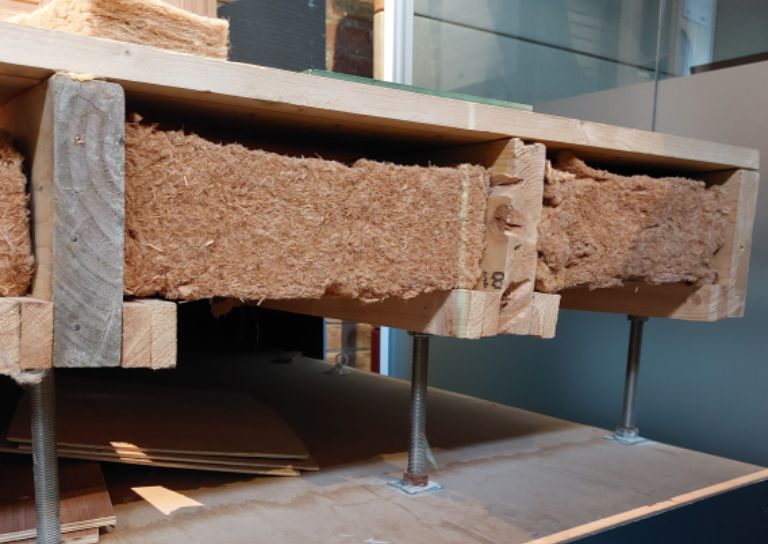
- Stirling City Heritage Trust at 20

- Miss Curror and the Thistle Property Trust
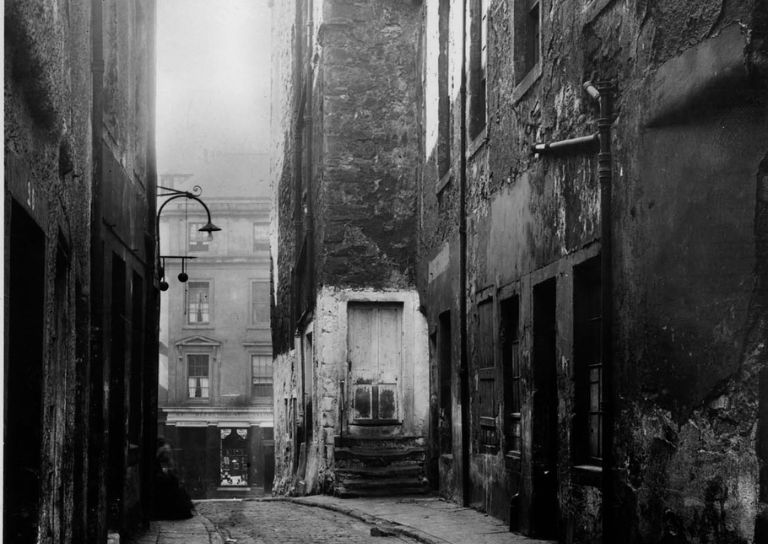
- Retrofitting Traditional Buildings: Chimneys
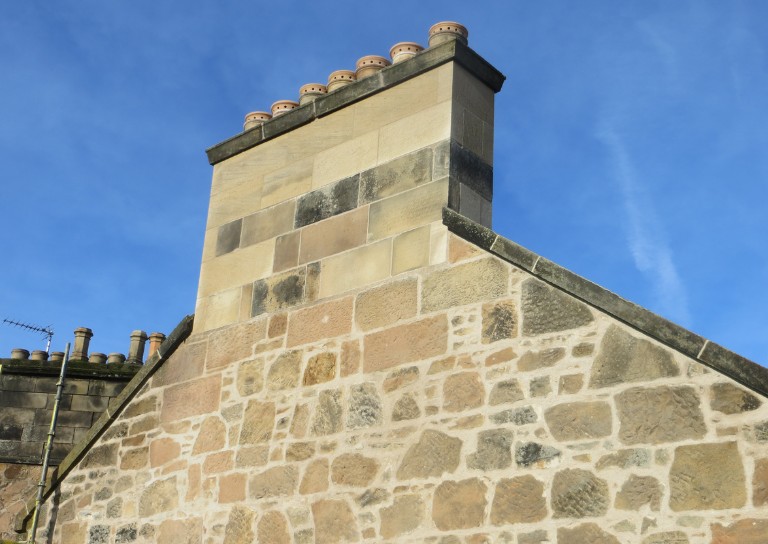
- Statement on Langgarth House

- World Heritage Day: Exploring Hayford Mill
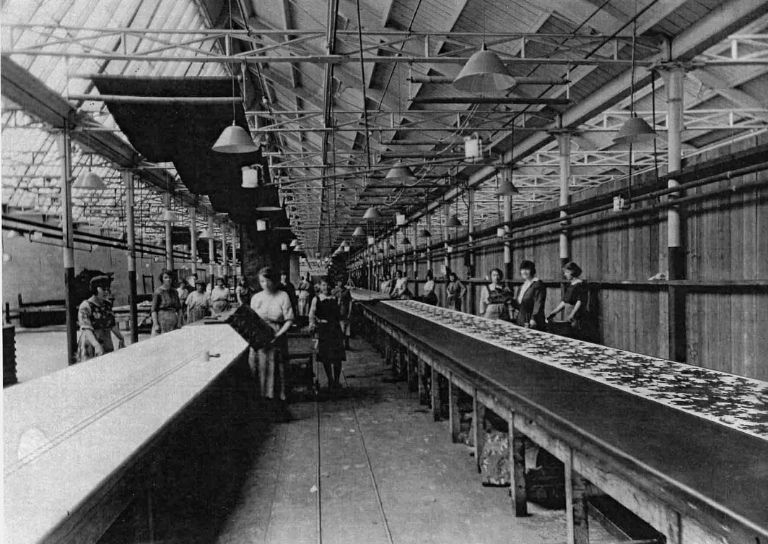
- Retrofitting Traditional Buildings: Climatic Adaptation
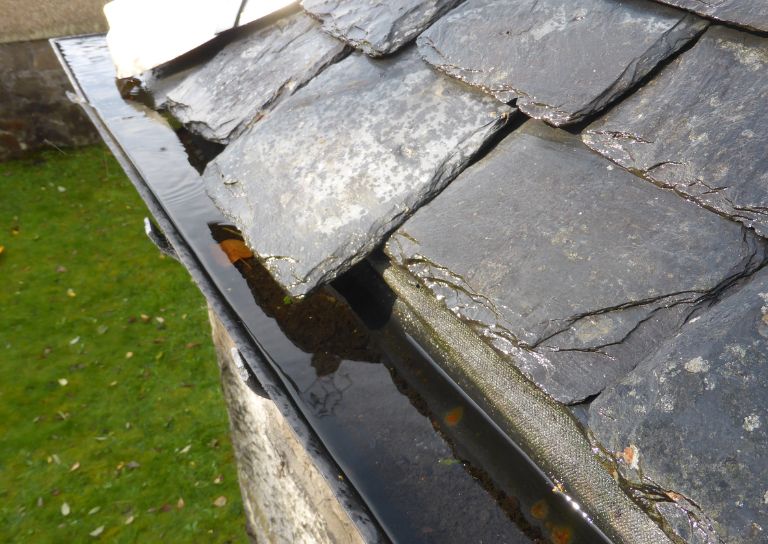
- SCHT 20: Championing Women in Construction
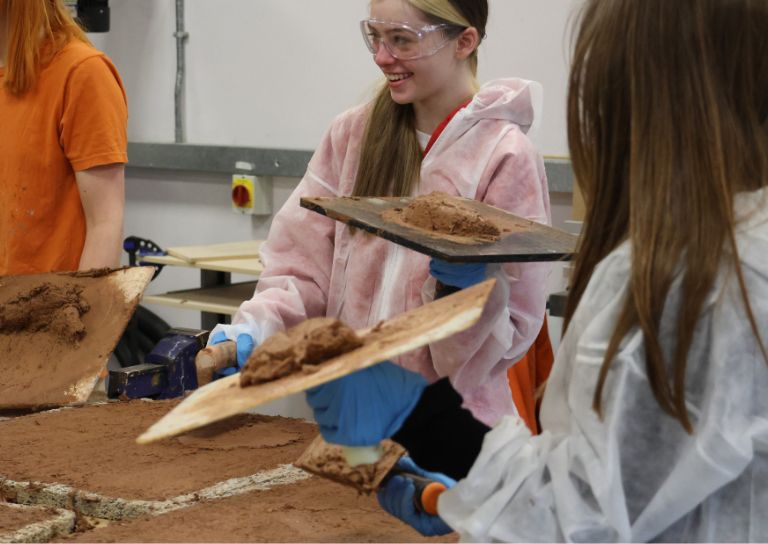
- Guest Blog: Dementia Friendly Heritage Interpretation

- Community Consultation launched for Stirling’s Heritage Strategy

- Stirling's Lost Swimming Pools
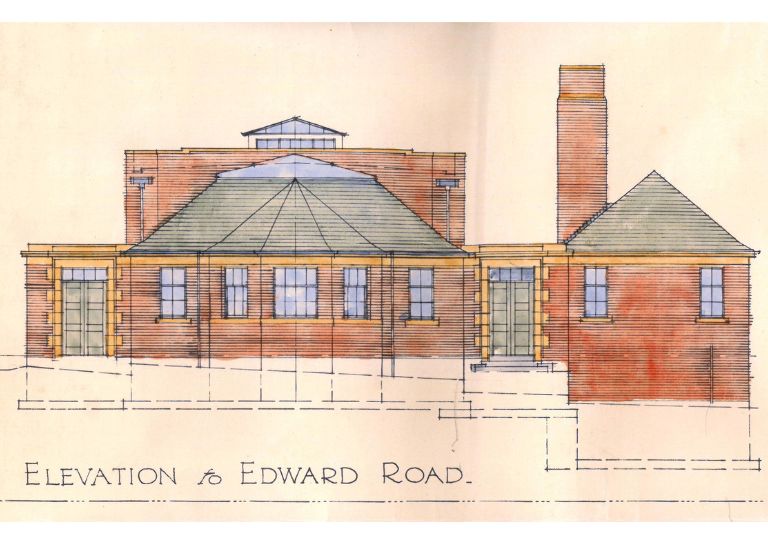
- SCHT Grant Conditions: Owners Associations
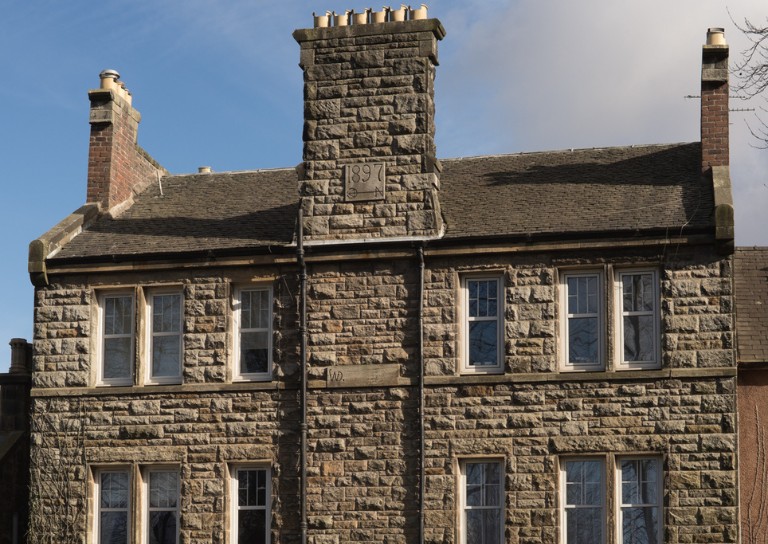
- Kings, Wolves and Drones: 20 years of care and repair at Stirling City Heritage Trust

- SVE Inspire Awards September 2024

- Women in Construction at Bannockburn House
- About Us
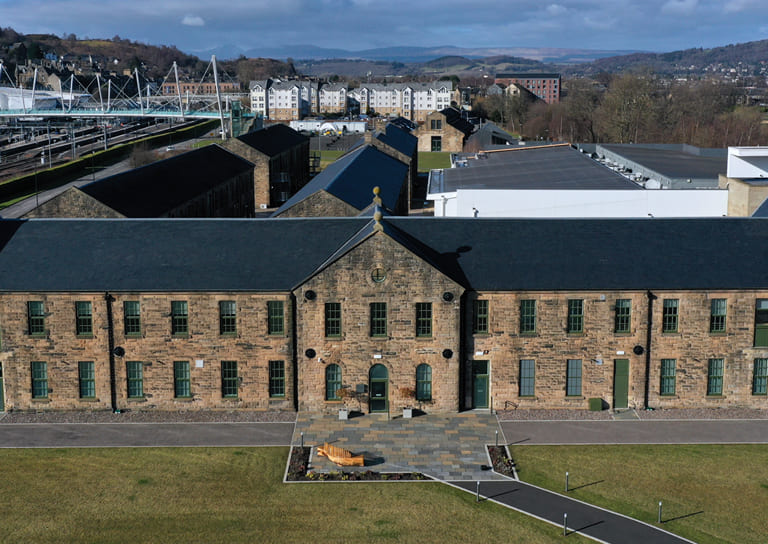
- Support Us
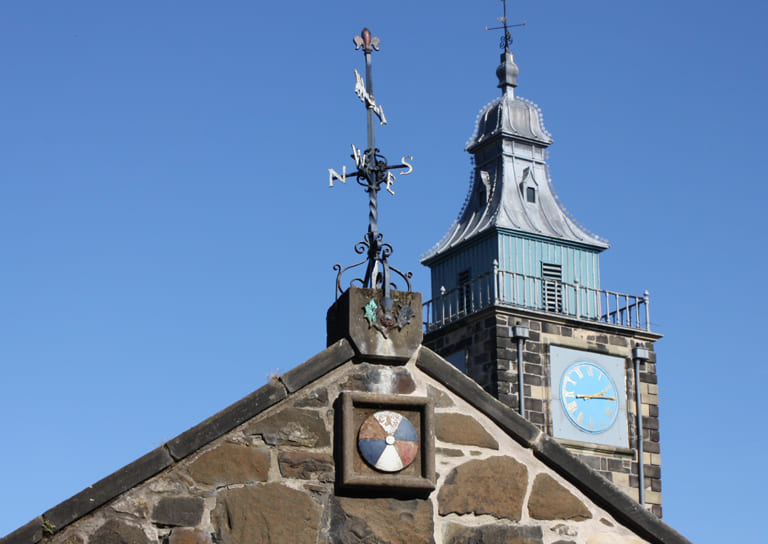
- Contact
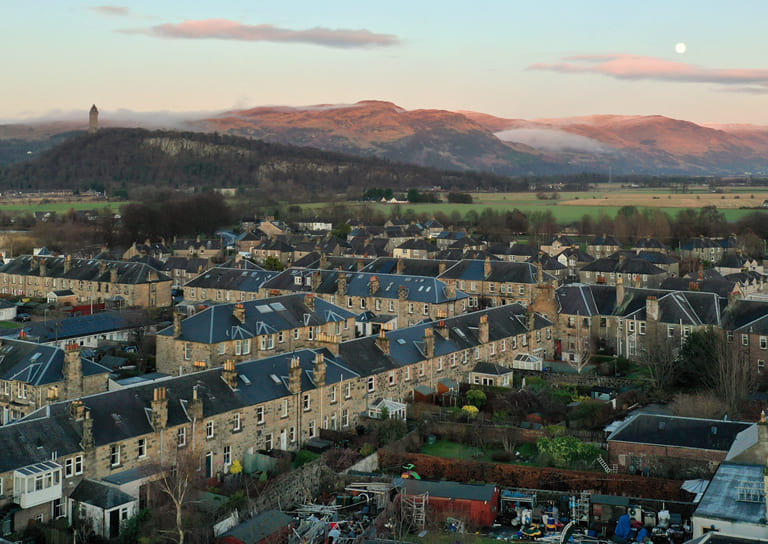
Shopping Arcades

We are very fortunate in Stirling to have one of Scotland’s most important retail buildings- the Stirling Arcade- originally known as the Crawford Arcade when built in 1879. Covered shopping areas date back many hundreds of years allowing traders to sell out of the hot sun in the Middle East including the vaulted arcades or ‘souks’ found in Jerusalem. However, it was in Europe where these arcades were embraced and eventually evolved into the elegant 19th century shopping arcades which became widespread in the UK and reached Scotland in 1827.
Italian Piazzas
Italian streetscapes are recognisable for their regular, arched ground floors set below 3 or 4 storey buildings. These piazzas with their regimented arcades and shops set behind became a mainstay of many towns and cities in Italy. In her book, ‘The History and Conservation of Shopping Arcades’, Margaret MacKeith describes them in 15th century Florence:
‘At Brunelleschi’s Foundling Hospital of 1491 in Florence the ground floor colonnade created a sense of spaciousness and beauty. It was an element which was eventually used throughout Italy, becoming an accepted manner of street enclosure.’
In the ancient cities of Naples and Verona, rustic versions of these piazzas are found, with both small trattoria’s and market stall-like shops open to the piazza. The arches are low and wide with heavy plain columns supporting the masonry above.
Europe’s most famous square, San Marco in Venice, is lined with beautiful and regular colonnades which have decorative ceilings and elegant coffee shops selling delicate cakes and strong espresso.
On the other side of Northern Italy, the city of Turin nestling close to the Alps has street after street of arched walkways with shops set behind. These were largely constructed from the 1830s and are reminiscent of Parisian streetscapes. Some have showcases where goods were displayed away from the main shop, encouraging customers to stop and buy. While many have fallen into disuse, there are still a few used for displays.
Scotland’s Piazzas
It is perhaps surprising to find that a number of Scottish burghs embraced the idea of Italian piazzas. At a time when the burgh authorities were encouraging building in stone rather than timber to help prevent fire, these stone arcades offered an elegant solution and their adoption was actively promoted. There is a lack of evidence of them in Stirling, but in other burghs they proved popular including Elgin, Edinburgh, Linlithgow, Dunfermline and Glasgow. Known as piazzas or peatches, they were erected in Scotland from the 17th century onwards and well into the 18th century.
However, while these structures have proved enduring in Italy, they were considerably less popular here in Scotland. Dr Johnson, travelling around Scotland with his companion Boswell in 1773, came across them when visiting Elgin. He was less than impressed finding the shops much too dark, but Boswell enjoyed the fact that they offered protection from the weather and likened them to Bologna, Italy.
It was in Glasgow that attempts to emulate Italian colonnaded streets were most heavily pursued. The Burgh authorities insisted on the adoption of this design and High Street and Trongate were eventually lined with arched ground floors. However, Scottish shopkeepers were significantly less impressed with these European piazzas. They wanted to pay lower rents for these dark, set back shops and actively resisted the need to build arches but it was not until the Glasgow Police Act of 1800 that the shopkeepers had their way. This stated that the piazzas were ‘receptacles for thieves, pickpockets and idle and disorderly persons’ and shop owners were encouraged to bring their shops to the front to allow in light. The was the death knell for the Scottish peatches and soon they were filled with masonry to the delight of the shopkeepers whose premises now fronted the main thoroughfares.
However, in retail, what does around, comes around, and in Elgin, these arches which were formerly blocked up, have been restored and although the glazing remains to the front, the original structure can be clearly seen in Braco’s Banking House.
Shopping Arcades
The idea of shopping under cover in the piazzas morphed into true shopping arcades in Paris where the Jardins du Palais Royal was the first experimental version but during the subsequent decades many were built including the Galerie d’Orleans in 1828. In Britain, the first covered shopping arcade was the Royal Opera Arcade (1815-17) followed by the very famous Burlington Arcade in 1818.
Opulent 19th century shopping arcades can be found in many European cities with Italian examples excelling in their striking beauty and elegance.
Scottish shopping arcades
Living in such a wet and cool climate, you might think that shopping arcades would have been more popular in the 19th and early 20th century. While these were certainly a feature of post-war Scotland and the Thistle/ Marches being a particularly good example, there seems to have been more limited enthusiasm for them in the Victorian/ Edwardian period. Perhaps the significant expense was beyond what could be achieved. Despite that, we have some fine surviving examples in Scotland.
Argyle Arcade, Glasgow- Scotland’s oldest arcade, built in 1827 by John Baird I. It has a beautiful iron hammerbeam roof which is fully glazed. The L-shaped arcade connects shoppers in Argyll Street and Buchanan Street and is mostly occupied by jewellers.
North Bridge Arcade, Edinburgh- this very small arcade links Cockburn Street and North Bridge and forms part of the Scotsman building. Designed in 1899-1902 by Dunn & Findlay, it has a beautiful stained glass rotunda, marble pilasters and curved shopfronts. The ceiling of gold and turquoise mosaic is particularly fine. It was renovated with assistance from Edinburgh World Heritage.
Queensgate Arcade, Inverness- built 1897 by Duncan Cameron. This arcade forms part of the larger Market arcade. The Queensgate Arcade has elegant shopfronts with faience by Doulton of Lambeth. It has. Recently been restored and the complex of buildings has been renamed the Victorian Market.
Stirling Arcade- built 1879-1882 by china merchant William Crawford, it connects Murray Place and King Street. One of Scotland’s most ambitious arcades, it originally featured 2 hotels, a theatre, 39 shops and a number of flats.
Work is underway on the roof of the former Alhambra Theatre and further works are planned through the Stirling CARS project.
A future for historic shopping arcades?
In European cities, these historic arcades with their shops set behind, offer shopping out of the heat of the sun and protection in the winter from rain. As we experience hotter and more extreme conditions due to Climate Change, the chance to walk under cover out of the strong sun is certainly to be welcomed.
However, making a success of Victorian shopping arcades can be a challenge when faced with the competition from online shopping, supermarkets and modern shopping centres. Despite this, the charm, history and authenticity of these structures gives shoppers a wonderful experience that is impossible to recreate and combine a taste of what shopping was like during the 19th century with the benefits of modern retailing and hospitality. They are a significant part of the architectural and retailing history of our towns and cities and conserving them so future shoppers can enjoy them should be a priority.
Additional Reading/ Resources
- The History and Conservation of Shopping Arcades by Margaret MacKeith (published 1986)
- Scotland’s Shops by Lindsay Lennie (published 2010)- available from Historic Environment Scotland £15
- Short Guide on Scottish Traditional Shopfronts by Lindsay Lennie- available free from Historic Environment Scotland
- Guide to the Historic Shops in Turin (2nd ed published 2005) by Chiara Ronchetta
Images of shops can be found on the following websites:
- Virtual Mitchell for Glasgow- http://www.mitchelllibrary.org/virtualmitchell/
- Scran- for a small subscription https://www.scran.ac.uk
- Canmore https://canmore.org.uk
All images copyright Lindsay Lennie unless otherwise stated.
Dr Lindsay Lennie is the Trust Manager at SCHT. She has a specialism in the conservation of historic shopfronts and has authored a number of books and articles on this topic.



